









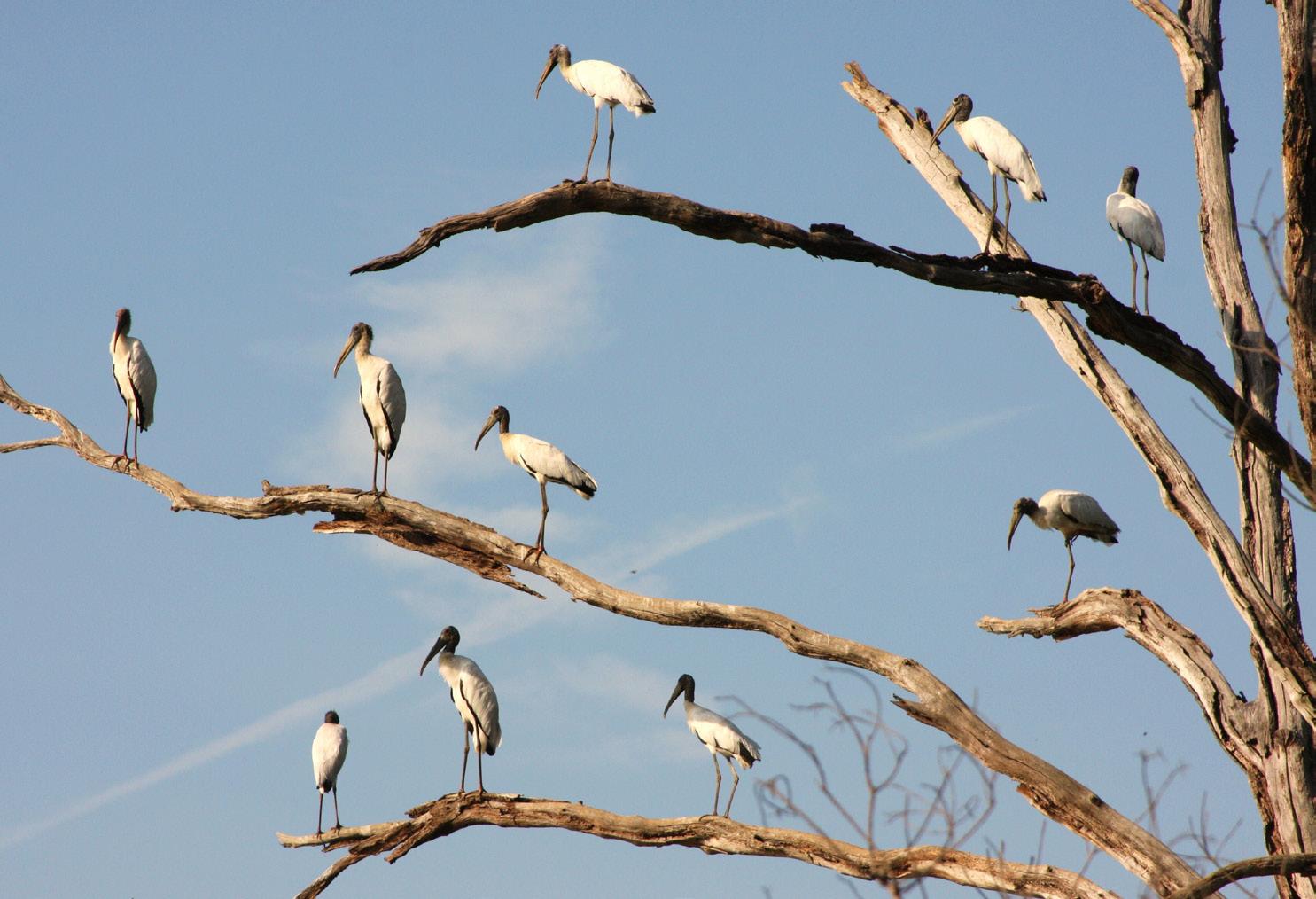
National parks are wondrous havens that protect some of the wildest places in our country and preserve the rich history and culture that defines who America is. They offer breathtaking views of majestic landscapes and vibrant wildlife, such as the iconic bison roaming the rolling meadows of Yellowstone National Park and fields of wildflowers blanketing Mt. Rainier in the Spring. They tell the difficult stories of our past, from the Civil War to the struggle for civil rights, and honor key American figures who helped make our country a better place. Yet, what is most unique about our national parks are the stories they tell — the narratives that are woven through the sands of the deserts, peaks of mountains, winding wild rivers, historic homes, and sites of pivotal moments in our country’s history. However, many of these stories are still waiting to be told. Across the country, places of deep historic and ecological significance are unprotected and at risk of being lost forever if we don’t act now. That’s why we are launching an ambitious initiative to create, expand, and support 20 parks that will capture stories that might otherwise be lost to time. Your support is crucial in making this happen.
With your help, we will ensure that new and expanded parks, including important historical, cultural, and natural sites, are designated and successfully supported. These sites will contribute to our commitment to conserve and connect large landscapes, encompass wildlife crossings and enhance resilience against extreme weather events. They will also significantly expand the storytelling and interpretation of the people and moments that made America what it is today through historic preservation.
As these new and expanded parks are established your support allows them to flourish over time. Our expertise will support the National Park Service, empower our partners, and inspire visitors every time they explore our country’s greatest treasures. Most importantly, they will accurately represent every American’s story — whether it be one of hope, tragedy, loss, beauty, or a combination of all. As our nation grows and evolves, we invite you to join us in leading the charge to ensure our national parks reflect and promote this necessary growth.




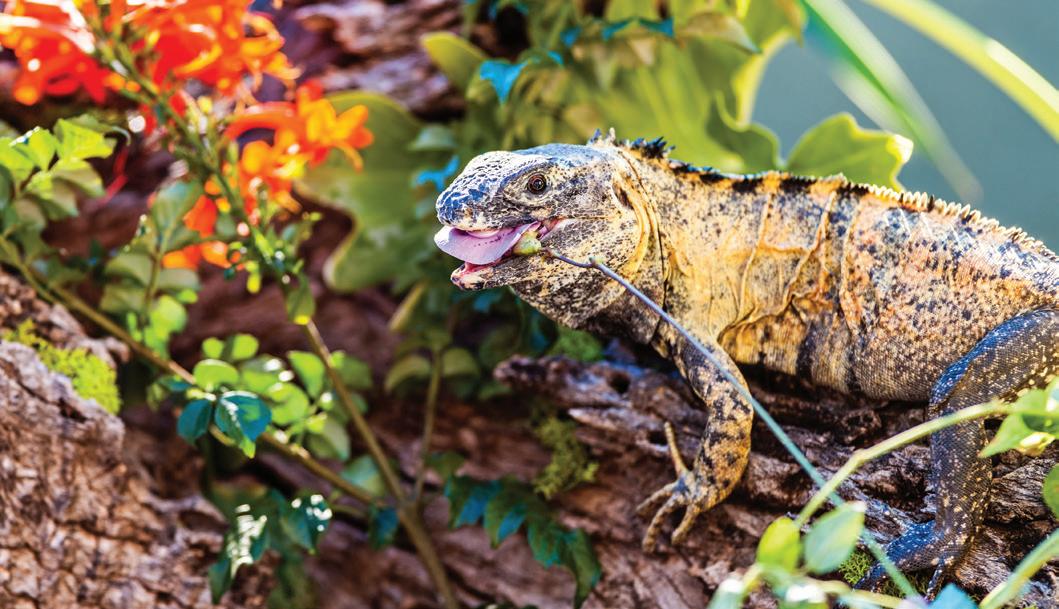

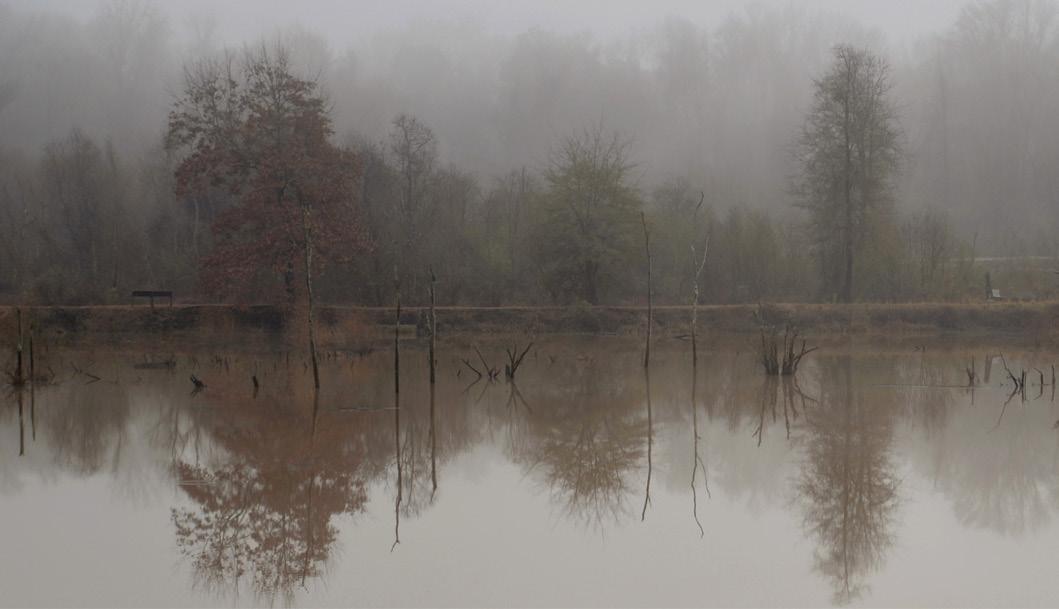







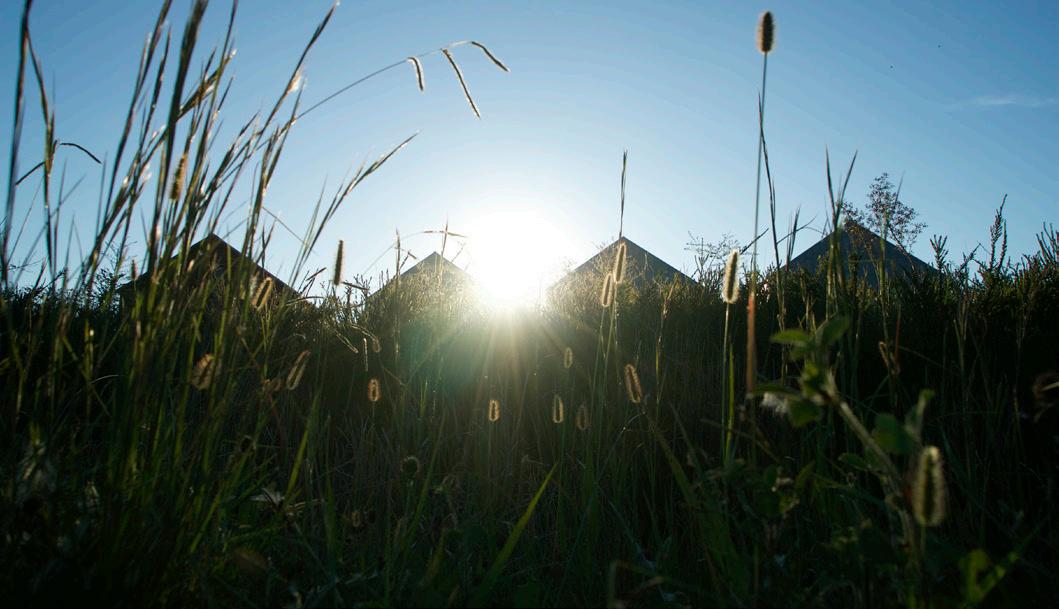

With over a century of experience at both the national and local levels, NPCA is uniquely positioned to build the community backing that the National Park Service needs to establish and support parks. It is our duty to ensure these parks capture the stories that resonate across the country. The trust we’ve cultivated across the nation empowers us to call upon key partners and communities, and to forge new, meaningful connections with individuals, organizations, partner groups, gateway communities, and agencies at all levels to develop lasting collaboration and advocacy for our new and existing parks.
A deep connection to the stories our parks tell is vital. By working closely with communities of color, Tribes, gateway communities, and organizations representing diverse populations, we will uncover the stories that truly represent these communities and Americans everywhere and lead the effort to properly honor them in our parks. The trust we establish will build a diverse and vibrant parks movement that will support parks for generations to come. Furthermore, we will engage groups and individuals advocating for climate resiliency, wildlife corridor protection, and large landscape conservation that will help us protect both the ecological and historical significance of America’s great expanse of beauty. Together, we can build a thriving park system that inspires and educates for generations to come.
In addition, our position as the best organization that can speak up for the National Park Service combined with decades of guiding and contributing to Park Service decisions, allows us to have a unique relationship with Park Service staff. We will leverage this cohesive relationship to work directly and strategically together to identify challenges, gaps in the National Park System and propose potential new park sites.



NPCA is committed to nonpartisanship and fostering thoughtful relationships with decision-makers across the political spectrum. We harness our profound expertise to strategically advocate for the expansion and the creation of parks and advocate for the financial resources necessary for them to thrive through the planning process and for generations to come. By building on the broad coalitions we’ve established, we will empower our park champions and secure legislative victories with bipartisan support.
NPCA advocates for increased funding and resources, a role that is critical since the
Park Service cannot advocate for itself. We champion a robust annual park budget and advocate for funding for new and existing parks to hire staff, provide community education and outreach, and initiate and conduct planning. This ensures that our parks can tell a broader range of stories and improves the preservation of ecosystems, wildlife, and cultural sites. Additionally, we uplift the efforts of partners, such as park friends groups, to raise funds for new park needs.
Furthermore, when our parks face attacks that threaten to eliminate or weaken their protection, we leverage our nonpartisanship to defend them. NPCA ensures our defenses are backed by thorough research and information to influence decision-makers effectively and build a unified front consisting of communities, partners and park champions across the nation under any administration. This unity strengthens our voice and emboldens us to create a park system that captures the hearts of every park visitor
NPCA’s work does not stop when a park is established or expanded. Building on over one hundred years of creating, expanding, and lifting up parks, NPCA convenes and empowers communities, partners, Tribal Nations, National Park Service staff, and friends groups to set up the long-term success for our cherished parks.
NPCA’s commitment to building an open and transparent dialogue with our partners allows us to build trust in the community. We bring interested parties to the table to provide resources, including support for visioning and building a blueprint so that a new park succeeds with community support and a positive visitor experience. Our broad range of experts and specialists across all disciplines provide the long-term backing our parks need and the coalitions dedicated to protecting America’s vast landscapes. By leveraging these partnerships and with your support, we ensure that each park designation is successful, allowing visitors to enjoy these protected lands just as they were intended to be.
FRONT
Harriet Tubman Underground Railroad National Historical Park
Emmett Till & Mamie Till-Mobley National Monument ©NPCA Bears Ears National Monument ©iStock.com
Angeles National Forest ©Kyle Hanson/Dreamstime
Fort Monroe National Monument ©iStock.com
Avi Kwa Ame National Monument ©Alan O’Neill
Ocmulgee Mounds National Historical Park ©NPS
BACK
Chesapeake National Recreation Area ©Flownaksala /Dreamstime
Stonewall National Monument ©NPCA
Katahdin Woods & Waters National Monument ©iStock.com
Blackwell School National Historic Site ©NPCA
Grand Canyon ©David Maguire/Dreamstime
Cesar E Chavez National Monument ©NPS
Pullman National Historical Park ©NPS/Owen Miller-Dye
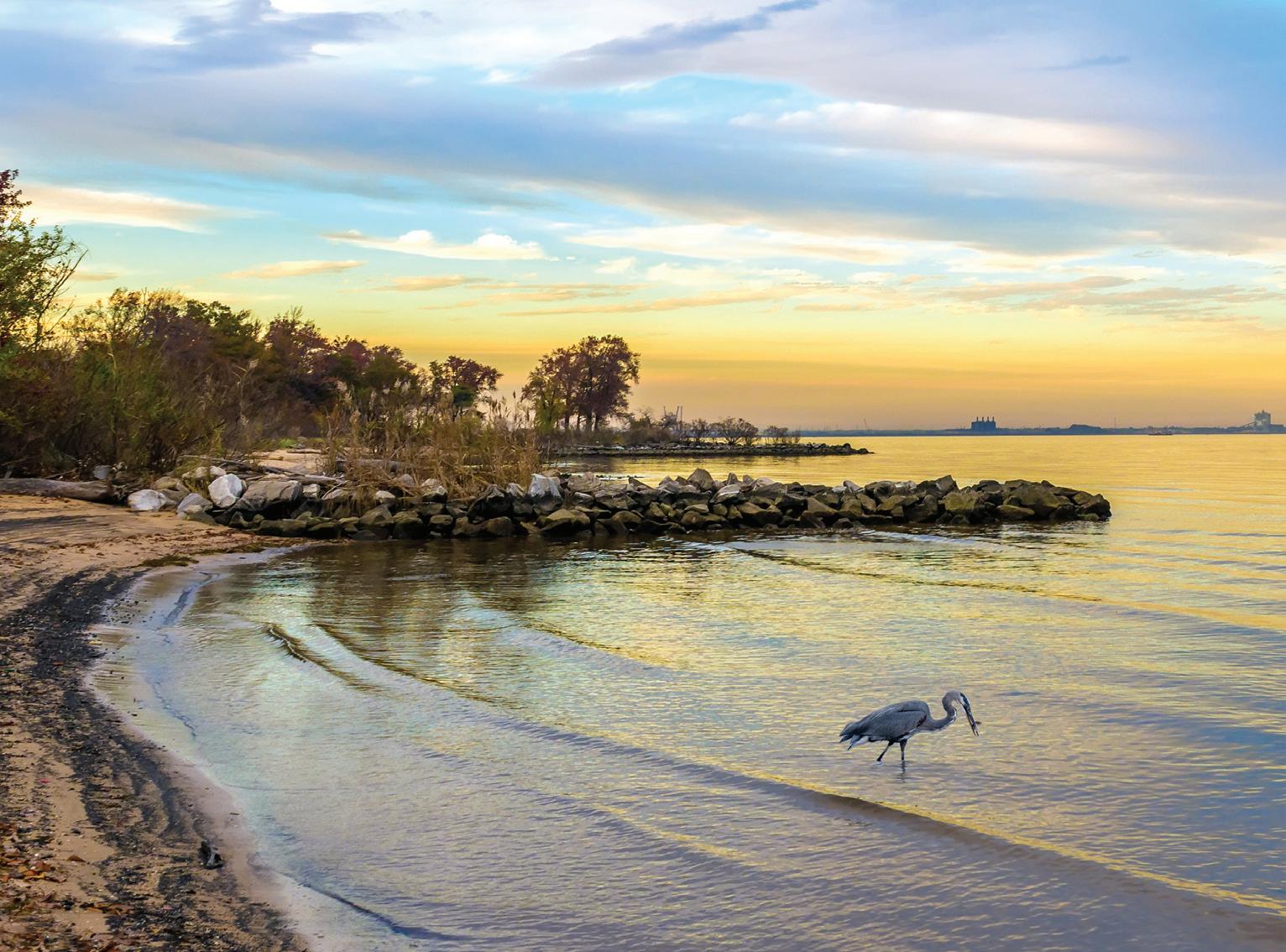
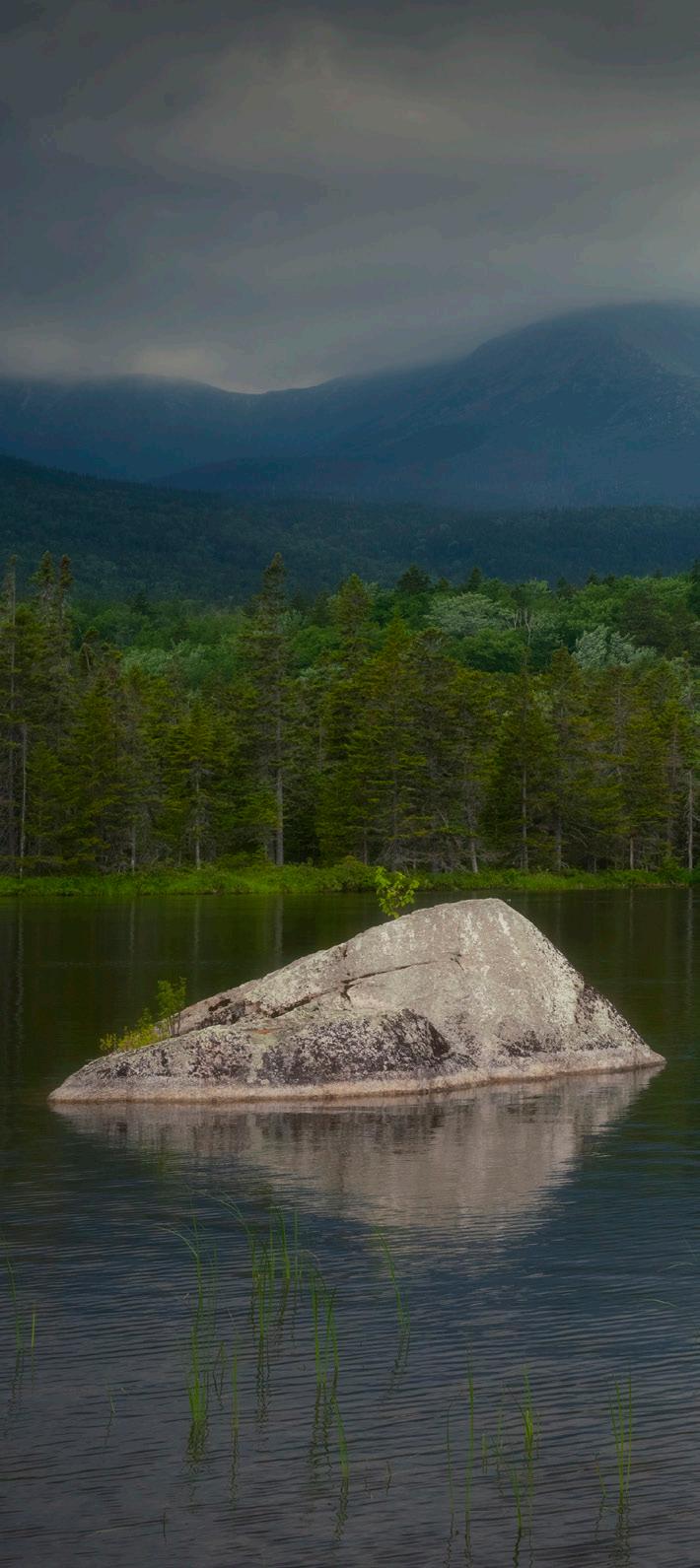



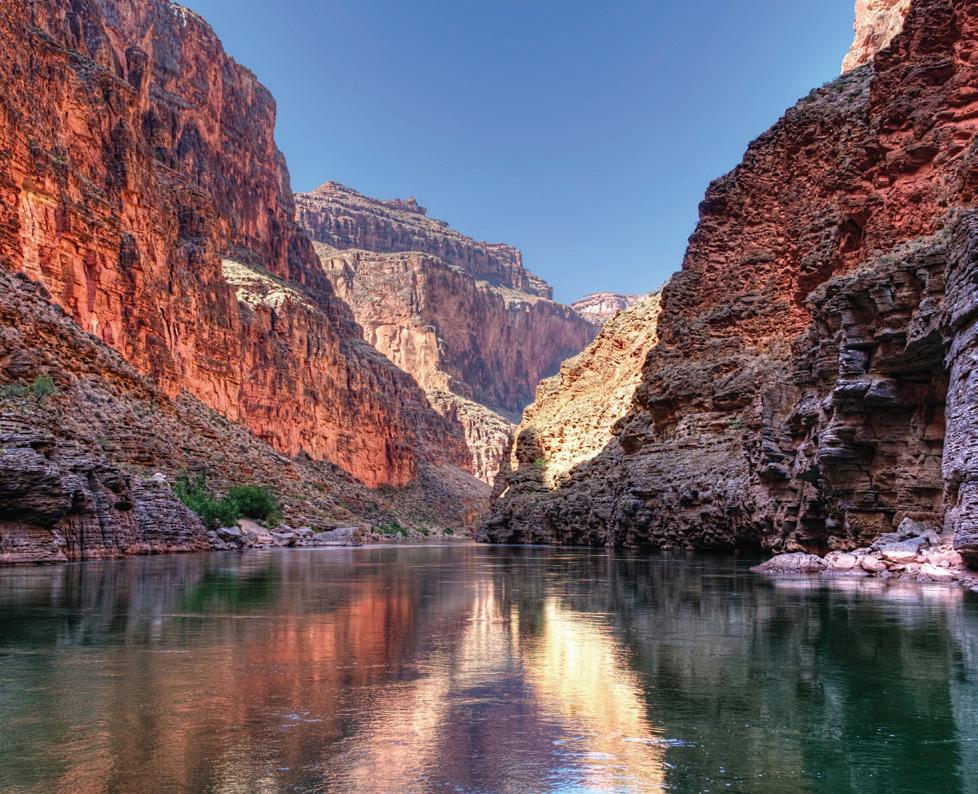





The Black Belt region of Alabama and the rivers that flow through it represent one of North America’s great centers of biological and cultural diversity. “Black Belt” is a colloquial term referencing both the slash of dark fertile soil across Alabama’s midsection and the high numbers of historically enslaved Africans and African Americans living in the area.
The region, covering almost a third of the state, embraces the centers of forest and aquatic biodiversity in the United States. Its famously rich soils and landscapes had a profound impact on the culture, history and politics of the region and the United States. The national heritage area designation gives opportunity and recognition to hundreds of important cultural, heritage, and natural sites throughout the region.
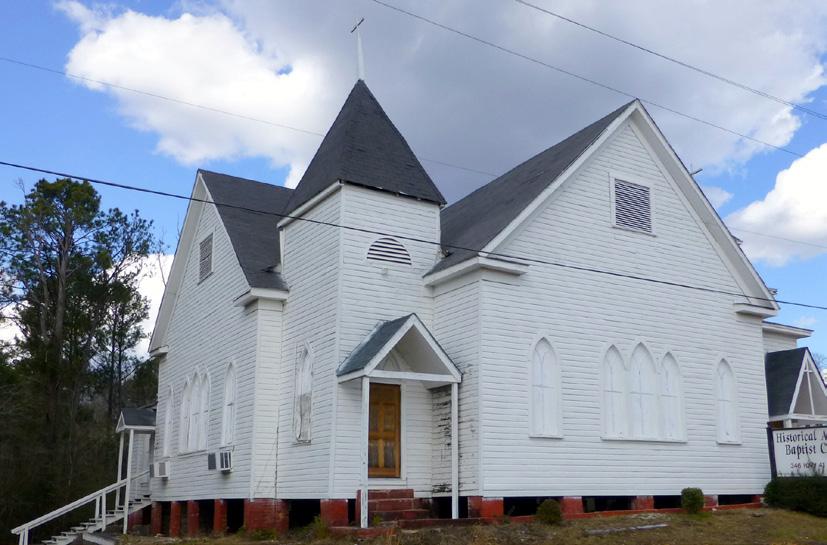

The Alabama Black Belt contains a wealth of cultural and heritage sites, many of which have historically gone unrecognized. With the Alabama Black Belt National Heritage Area spanning nineteen counties, the designation created a unique opportunity to protect stories of our nation’s diverse heritage. NPCA has championed this work by:
• Leading efforts in strategic planning for the Alabama River Diversity Network.
• Funding staff and partners in the development of the national historic area’s management plan for the National Park Service.
• Leading local civic engagement efforts through trainings and outreach to urge Alabama senators to protect cultural, historical, and natural treasures in the Alabama Black Belt with the passage of the Alabama Black Belt National Heritage Area Act.
1. Continue to support a partner network dedicated to reconnecting communities, stewarding landscapes, storytelling, and protecting natural resources.
2. Use our expert understanding of the local, cultural and economic benefits of national historic areas to increase awareness of opportunities and help posture local partners and communities as the drivers for storytelling, resource cultivation, science communication, and stewardship.
3. Advocate for healthy air and water through restoration projects in the area.
4. Ensure the Alabama Blackbelt has new or enhanced amenities and educational and volunteer opportunities.
5. Engage community members in heritage conservation activities and stewardship of natural, cultural and historic sites.

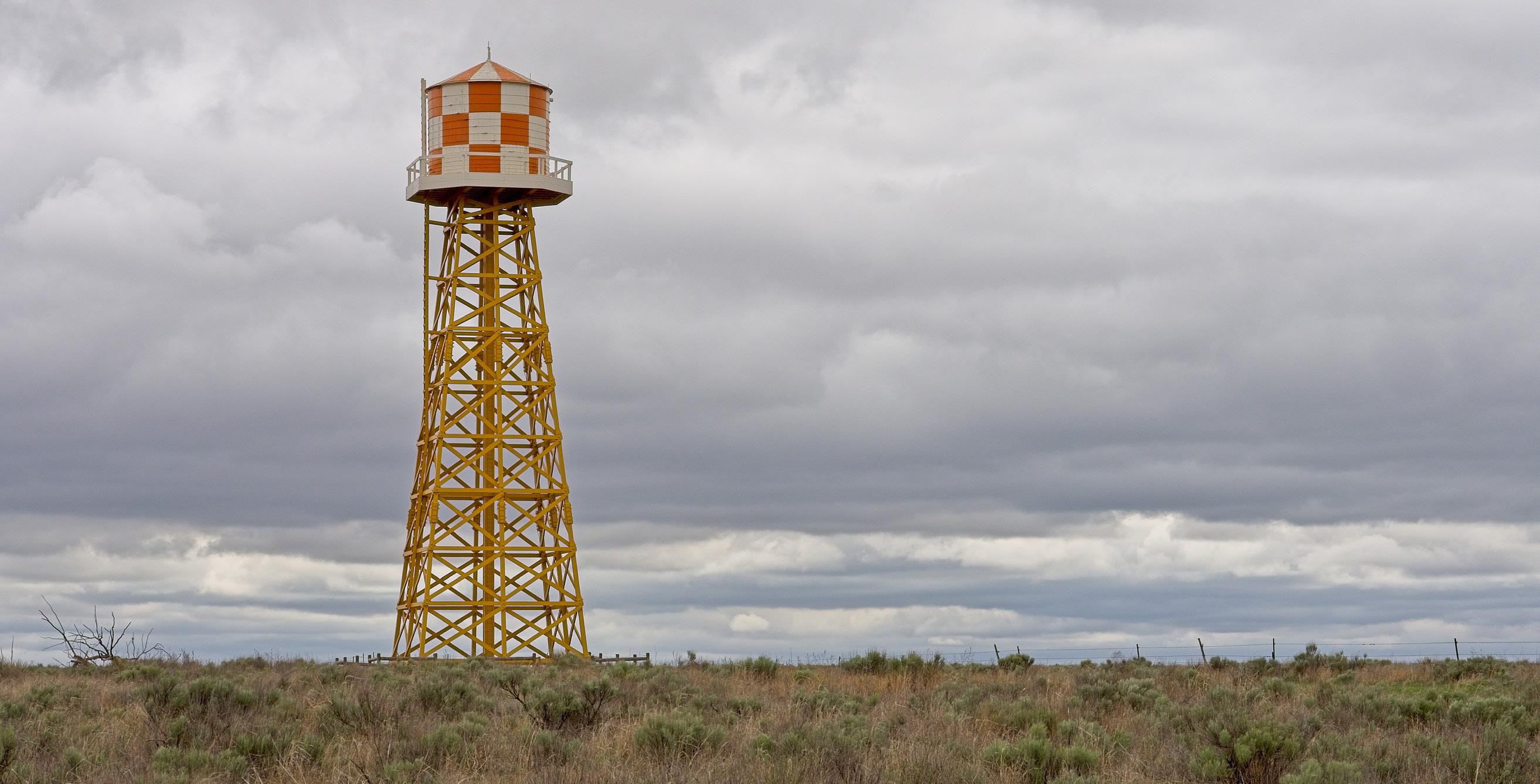
Amache National Historic Site, near Granada, Colorado, preserves the history of Japanese American citizens unjustly incarcerated during World War II. It honors their experiences, educates the public on the lasting impacts of incarceration, and fosters conversations on systemic racism. For decades after the war, the site was largely neglected — the Amache story at risk of being forgotten altogether. Heroic Amache survivors and the local, student-run Amache Preservation Society poured many years into preserving the site and educating the local community about its importance. Yet it was clear that more needed to be done. In 2019, in partnership with the Amache community, NPCA developed a national strategy for a proactive, public campaign that advocated for national park designation of Amache. The Amache National Historic Site was officially established in February 2024.

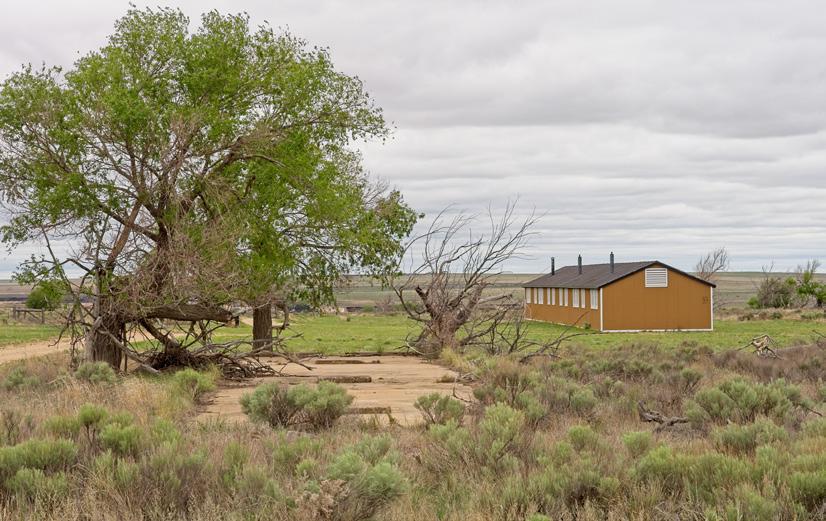
HEADER: Water tower ©iStock.com
ABOVE: Guard tower ©NPS; Restored barracks of old living quarters ©iStock.com
NPCA was a crucial lead partner for the establishment of the Amache National Historic Site and led this work in the following ways:
• Partnered with Amache survivors, descendant families, the local community of Granada, and Congressional champions to achieve national park site designation.
• Successfully advocated and coordinated with the National Park Service to identify, shape and achieve initial park needs, including the Foundation Document, land transfer, and official ribbon cutting ceremony marking the site’s establishment.
• Advocated for park funding by focusing on Congressional appropriations cycles, grant applications, and support as a special advisory council member for the emerging friends group.
• Actively participated in community events, including the annual Amache pilgrimage, National Day of Remembrance, and Amache archeological field school.
• Collaborated with the Amache and Sand Creek Massacre friends groups to develop a Youth Ambassador Program that unites Cheyenne, Arapaho, and Japanese American youth at Amache and Sand Creek Massacre National Historic Sites.
NPCA is partnering with the National Park Service and the Amache community nationwide in the next steps to support this park with adequate facilities, planning, funding, and a diverse array of engaged park advocates.
1. Grow a base of supporters, including Amache descendants, the local gateway community, and park advocates nationwide, to protect and preserve Amache.
2. Provide opportunities to heal, including fostering meaningful connections between the next generation of youth descendants, and by creating pathways for national dialogue on representation and reconciliation with leading social justice, Native sovereignty, and anti-hate organizations.
3. Influence, assist, and help guide National Park Service planning processes, including the Amache General Management Plan and Long-Range Interpretive Plan.
4. Lead the development of a gateway community vision for the site by working with local leaders, stakeholders, and the Park Service to design a series of enhancements and initiatives to benefit Amache residents and visitors.
5. Analyze and address threats to the park boundary and viewshed.
Through this dedicated work, NPCA will ensure that the stories of generations of Amache survivors and descendants will be kept alive through the Amache National Historic Site.


The designation of Avi Kwa Ame National Monument provides the space and interconnectedness that communities and native species will need to adapt to a changing climate.
Avi Kwa Ame National Monument is sacred ground: a rare, intact stretch of the East Mojave Desert between Mojave National Preserve in California and Lake Mead National Recreation Area in Nevada. For the Yuman Tribes, it’s home to the most sacred place in the universe: Avi Kwa Ame — Spirit Mountain.
Centuries of human history have passed through here. You can see it in ancient petroglyphs, abandoned mines, even a ranch where early Hollywood stars escaped the limelight.
Avi Kwa Ame National Monument is part of a corridor that provides critical habitat for countless desert species, including threatened desert tortoises and migratory birds and animals. It is rich in recreational opportunities and some of the most visually stunning, biologically diverse and culturally significant lands in the entire Mojave Desert. The area consists of 506,000 acres of public lands
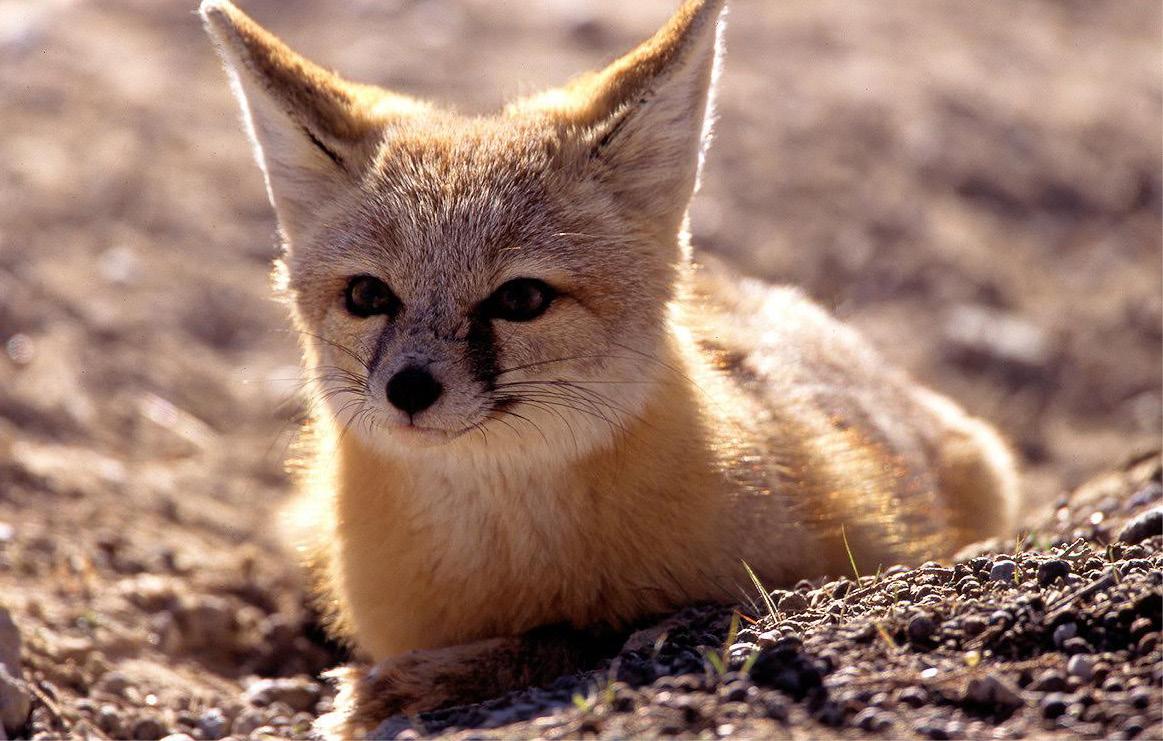
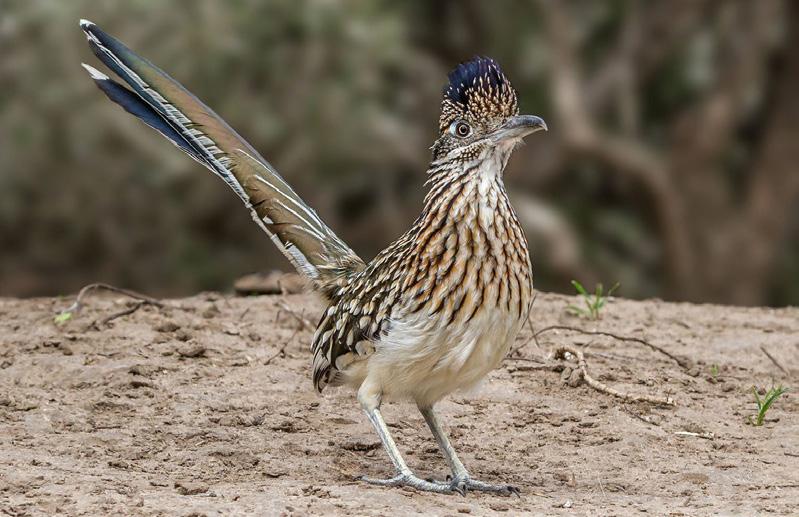
managed by the Bureau of Land Management and the National Park Service that are rural and undeveloped. With the designation of Avi Kwa Ame National Monument, NPCA is advocating for a management plan that protects Native American cultural sites, native plants, and vulnerable wildlife.
NPCA was a crucial lead partner for the establishment of Avi Kwa Ame National Monument and led this work in the following ways:
• Partnered with the Fort Mojave Indian Tribe to develop the monument concept.
• Defeated several large-scale development projects proposed within the monument boundary prior to designation.
• Worked in local, rural Southern Nevada communities to build support for the monument proposal.
• Generated national media coverage of the monument proposal, elevating the need for the President to act.
This new monument was a key missing puzzle piece to protect lands from the California desert to the Colorado Plateau. NPCA will ensure this land is managed consistent with the purposes of the monument by working with the Fort Mojave Indian Tribe, federal agencies like the National Park Service, and rural communities closest to the land.
1. Advocate for a strong management plan that best protects Native American cultural sites, native plants, and vulnerable wildlife.
2. Prevent large-scale development on adjacent public lands that would fragment the area’s natural and cultural landscape and erode its rural character.
3. Develop a network of monument advocates from Fort Mojave Indian Tribe and rural communities to support longterm stewardship of these lands.
Through this dedicated work, NPCA will ensure that the hard-fought victory of establishing the monument yields maximum benefits through careful planning and management that will drive the day-to-day experience of visitors while protecting sacred sites and wildlife.
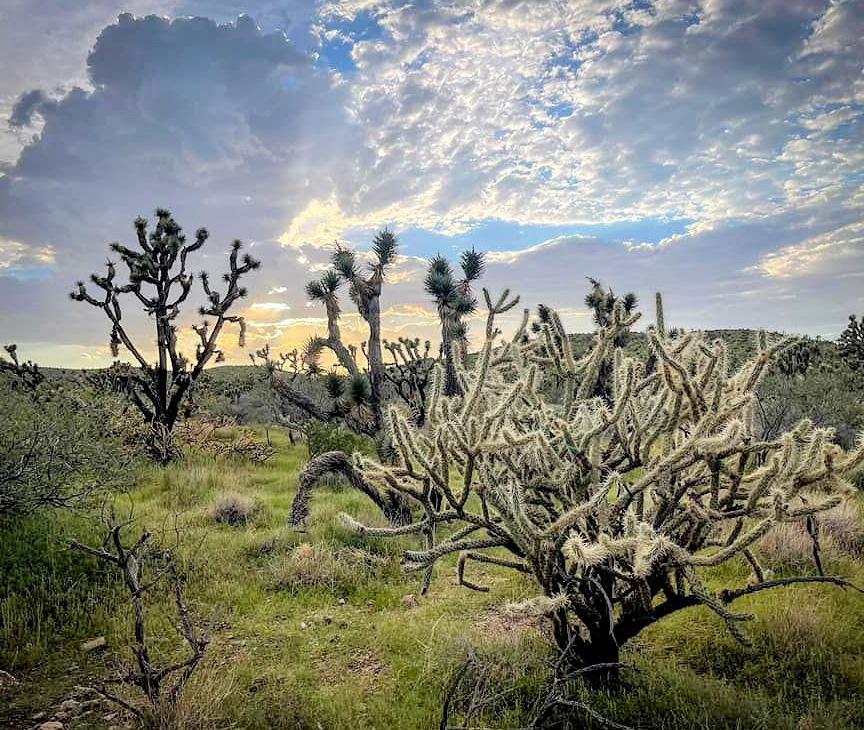
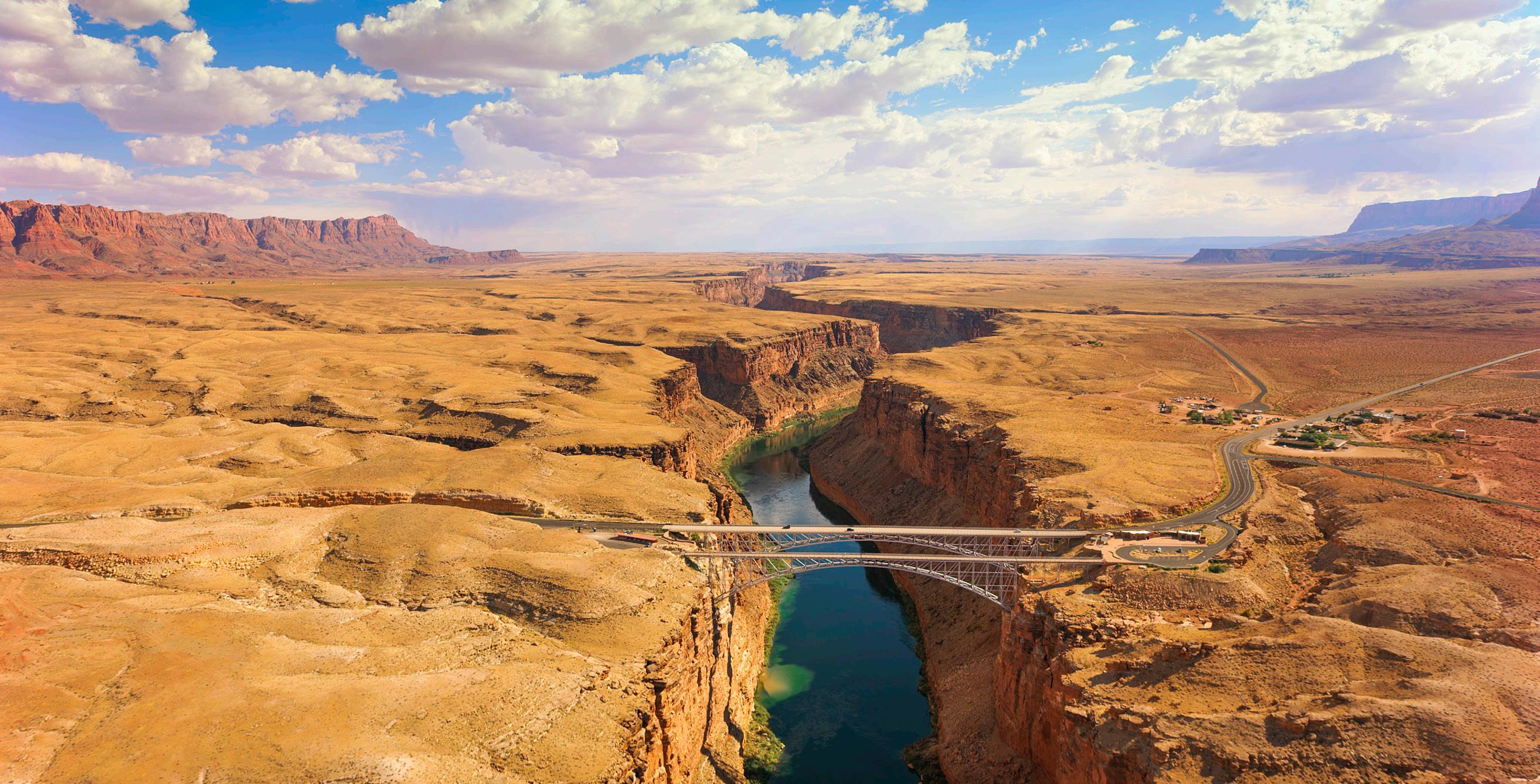
Nearly 1 Million Acres Protecting An Important Cultural Landscape, Water Sources, and Wildlife
While Grand Canyon National Park offers protection within its boundaries, the larger landscape surrounding the park is crucial for the long-term health of the greater Grand Canyon landscape. The interconnected canyons, watersheds, wildlife habitat, and cultural resources of the Grand Canyon don’t stop at the park’s borders.
For years, uranium mining threatened the health and safety of this surrounding landscape and its communities. In August 2023, after decades of relentless advocacy led by Tribal Nations, Baaj Nwaavjo I’tah Kukveni – Ancestral Footprints of the Grand Canyon National Monument was designated. The designation formalized a proposal from the Grand Canyon Tribal Coalition that asked President Biden to use the Antiquities Act to permanently protect about 1 million acres of their homelands surrounding Grand Canyon National Park.


NPCA was supportive of the Grand Canyon Tribal Coalition’s effort and historically involved with opposing uranium mining near the Grand Canyon in the following ways:
• Took a step back and amplified the message and calls of the Grand Canyon Tribal Coalition to ensure that Indigenous voices were out front.
• Advocated for decades to ensure that uranium mining did not impact the Grand Canyon, including helping to secure a 20year mineral withdrawal for the area which protects it from new mining claims.
• Filed a motion to intervene in two lawsuits that are challenging the monument’s designation.
NPCA is continuing to advocate for the next steps to support this park with adequate planning for management and access. Since its inception, NPCA has been a leader in supporting the use of and defending the Antiquities Act to protect important landscapes and cultural heritage sites.
1. Work to ensure that Tribal co-stewardship is at the forefront of the management planning process for the Bureau of Land Management and the U.S. Forest Service.
2. Continue to advocate for the protection of the greater Grand Canyon landscape, including opposing the Pinyon Plain Mine.
3. Support efforts that defend the new monument against legal challenges.
Through this dedicated work, NPCA will ensure that this landscape with numerous cultural and sacred sites will be protected for generations to come.
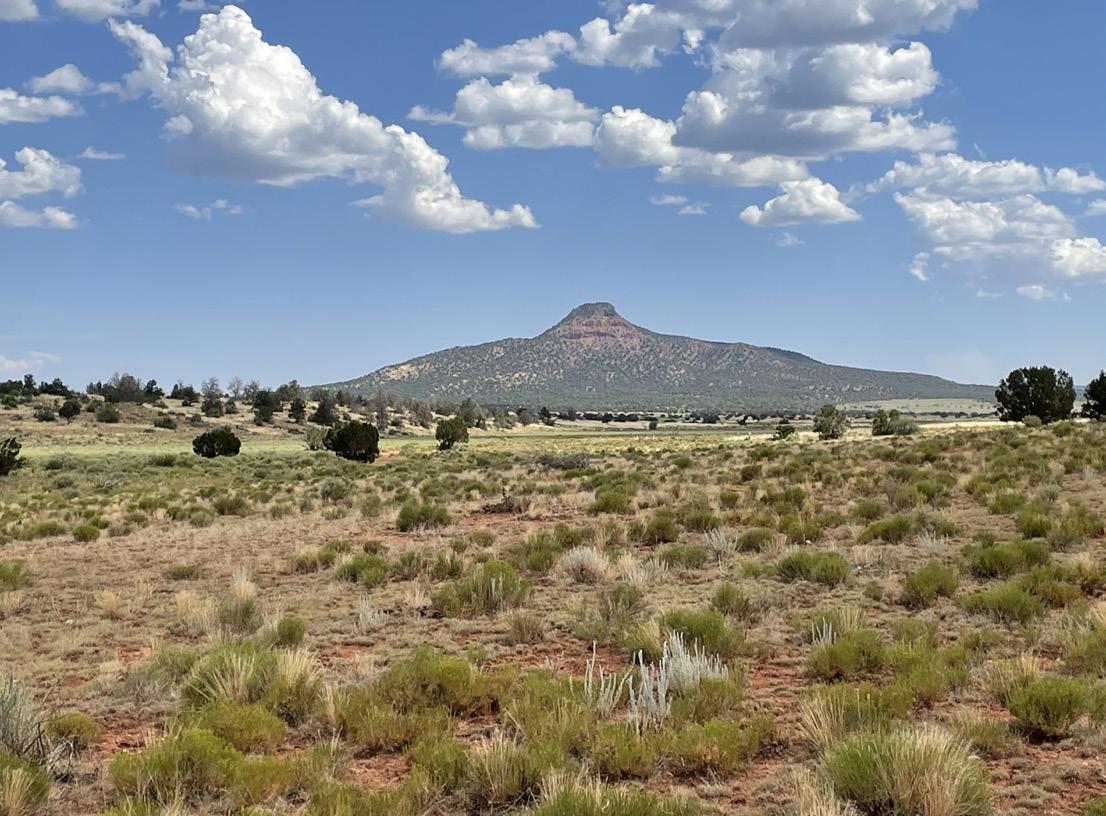

Protecting a living, connected landscape of spiritual and cultural significance through Tribal co-stewardship
Bears Ears National Monument, sacred to the Ute Mountain Ute Tribe, Navajo Nation, Ute Indian Tribe of Uintah Ouray, Hopi Nation, and Zuni Tribe, protects over 100,000 archaeological and cultural sites within one of the most dramatic Southwest canyon landscapes. The Tribes of the Bears Ears Intertribal Coalition (BEITC) and other Tribes continue to visit and connect with their ancestral land here. Bears Ears is also part of a vital ecosystem linked to nearby protected areas including Grand Staircase-Escalante and five national park units. Originally designated by President Obama in 2016, reduced in 2017, and restored by President Biden in 2020, the monument now has a formal Tribal co-stewardship agreement with the five Tribes, Bureau of Land Management and U.S. Forest Service, emphasizing Indigenous knowledge in its management and protection.


HEADER: Monarch Cave cliff dwelling on Comb Ridge ©iStock.com
ABOVE: The 17 Room Ruin located on the Navajo Reservation near the San Juan River ©iStock.com; Indian Creek ©iStock.com
NPCA has consistently been supportive of the BEITC Tribes’ proposal and advocacy for the entire monument throughout the decade-long campaign in the following ways:
• Followed the lead of BEITC during the original monument designation to establish a seamless connection to Canyonlands National Park, Natural Bridges National Monument and Glen Canyon National Recreation Area.
• Collected thousands of supportive comments from the public.
• Immediately joined litigation with partner organizations against the reduced monument boundaries in 2017.
• Engaged in the management planning process for the reduced monument and encouraged the Bureau of Land Management and U.S. Forest Service to continue protecting the original monument landscape while litigation to maintain the original boundaries was pending.
• Provided direct financial support to BEITC to develop its monument Tribal management plan.
• Intervened to support the monument in the State of Utah’s lawsuit over the restored monument boundaries in 2020.
• Supported extensive outreach to associated Tribal communities to participate in the public planning process.
NPCA will continue to advocate for strong management that includes meaningful Tribal co-stewardship, incorporation of Indigenous knowledge and wisdom, and compatible uses with adjacent protected landscapes. NPCA will also continue to defend the use of the Antiquities Act to protect important landscapes and cultural heritage sites.
1. Work in tandem with BEITC and follow its lead to ensure that Tribal co-stewardship is at the forefront of planning and management and that Tribal perspectives are honored in the process.
2. Continue to advocate for National Park Service engagement in the planning process and consideration of consistent management and compatible uses across boundaries.
3. Persist with advocating for protection of the Bears Ears landscape, including opposing any proposed incompatible development on State of Utah lands within the monument boundary.
4. Continue to engage in the legal challenges alongside Tribes and conservation partners.
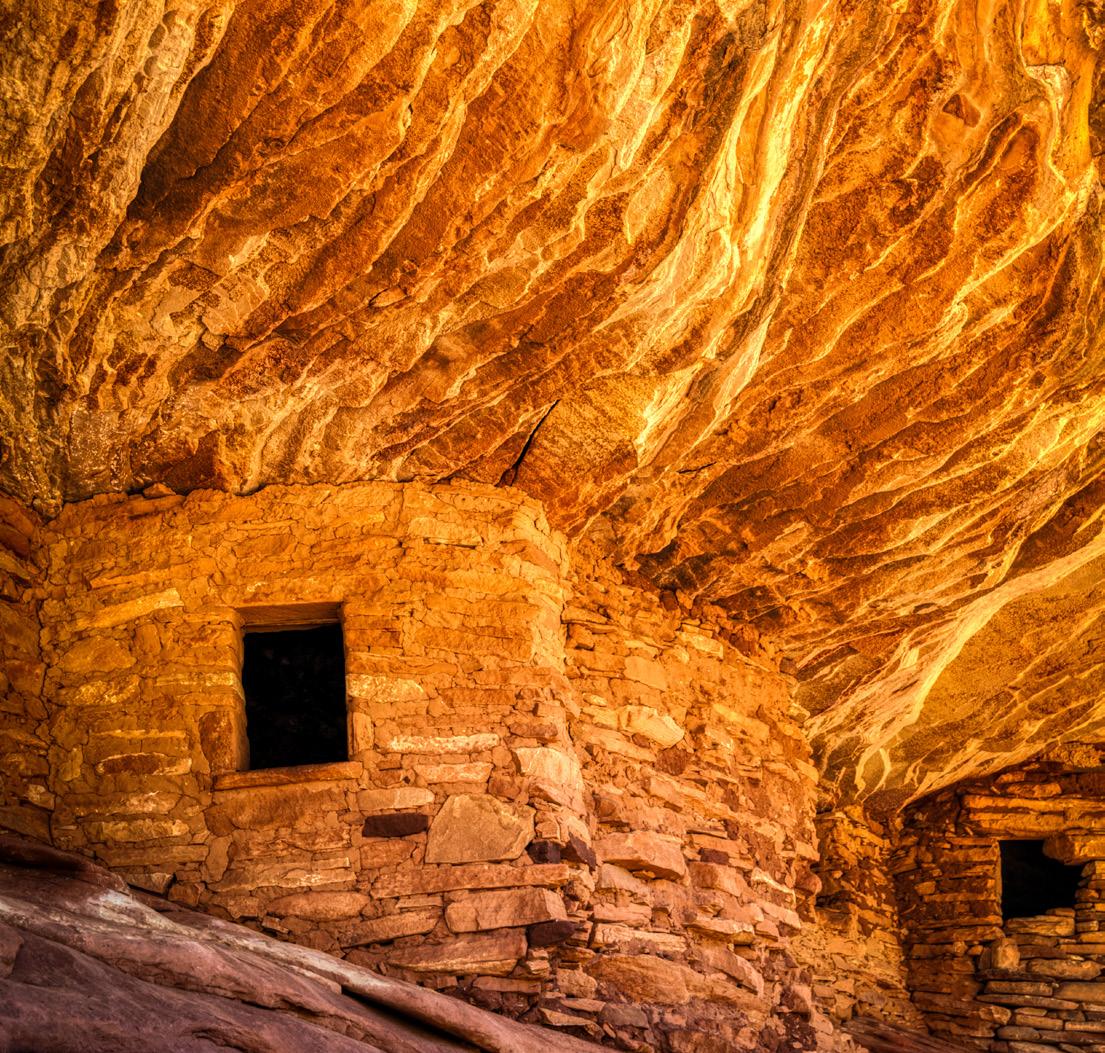

From Segregated School House to National Park Site
Throughout the late 19th century and early 20th century, Mexican Americans across the Southwest experienced a culture of de facto segregation, prohibiting Americans of Mexican descent from fully enjoying the same and equal freedoms as their Anglo counterparts. School districts across the region forced Mexican American children to attend separate schools from their white peers.
The Blackwell School served as the school for children of Mexican descent in Marfa, Texas, and is a tangible reminder of American history where “separate but equal” dominated our culture. The original historic school building provides an authentic setting to commemorate and interpret this part of our country’s history.
Authorized by President Biden’s signature in October of 2022, the Blackwell School National Historic Site was officially established in July 2024 as only the second national park site dedicated to modern Latino history.

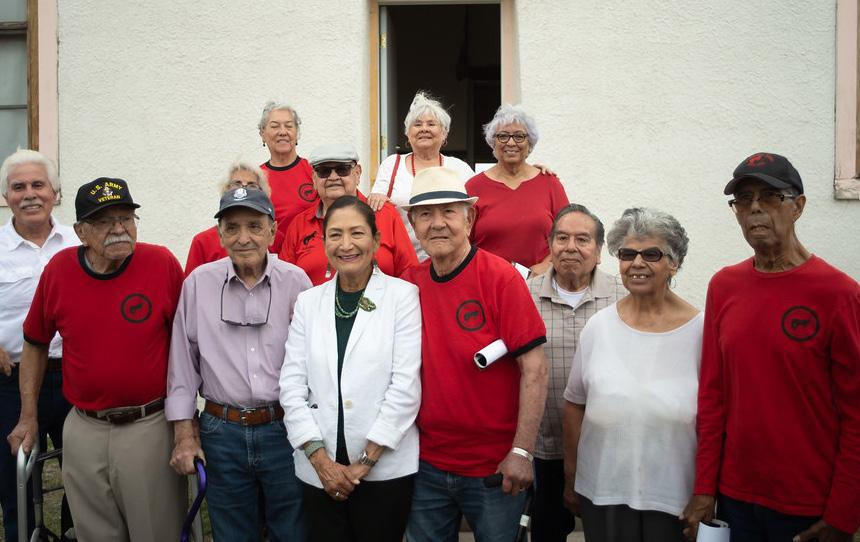
HEADER: Exterior of Blackwell School ©NPCA
ABOVE: Inside Blackwell School ©NPCA; Blackwell School alumni with U.S. Secretary of the Interior Deb Haaland ©Terrance Liggins/NPCA
NPCA was a crucial lead partner for the establishment of the Blackwell School National Historic Site and led this work in the following ways:
• Partnered with the Blackwell School alumni for a public, grassroots campaign to achieve national park site designation.
• Uplifted the voices of Blackwell School alumni through recorded oral histories and presentations across the country.
• Successfully advocated and coordinated with the National Park Service to identify, shape and achieve initial park needs.
• Facilitated community support and gathering documents to achieve the required land transfer for park establishment.
This new park is a catalyst for uplifting more untold stories of our nation’s history. With NPCA’s century of experience and focus on engaging communities to build place-based support for our parks, NPCA is partnering with the National Park Service, the Blackwell School Alliance, and community leaders in the next steps to support this park with adequate facilities, planning and funding.
1. Build a strong base of support for the Blackwell School National Historic Site with school alumni, descendants of alumni, community members and park advocates to ensure the long-term protection and preservation of the site.
2. Lead the development of a community vision for the site with alumni, community leaders, stakeholders and the National Park Service to design a series of improvements, enhancements and initiatives to benefit Marfa residents and visitors.
3. Ensure Blackwell School National Historic Site has strong interpretation, management and preservation plans to interpret and honor this part of modern Latino heritage, history and culture.
4. Elevate the Blackwell School as a recognized cornerstone for learning and education, and as an incubator to foster and facilitate cohesive conversations on the broader story of the segregated experience of Mexican American education and society in modern Latino history.
Through this dedicated work, NPCA will ensure that the experiences of generations of students at the Blackwell School and across the country will be preserved, protected and interpreted through the Blackwell School National Historic Site


Telling the Broader Story of Cesar Chavez’s Life and the Movement that Transformed American Agriculture
The proposed Cesar Chavez and Farmworker Movement National Historical Park will include four sites spanning two states, including: the Santa Rita Center in Phoenix, AZ, where Chavez conducted a historic hunger strike in 1972; Nuestra Senora Reina de la Paz in Keene, CA, the site of the current Cesar Chavez National Monument; McDonnell Hall in San Jose, CA, where Chavez first emerged as a community organizer; “The 40 Acres” in Delano, CA, the site of the first United Farm Workers headquarters; and Agbayani Village, a retirement home built for aging Filipino farmworkers in 1974.
Together, these sites tell the story of how successive waves of immigrant workers built the American West’s behemoth agricultural industry, often toiling in the fields under exploitative and inhumane conditions. They also tell the story of resilience, perseverance and struggle, and how a multiethnic group of laborers would come together to form the United Farm Workers and win significant improvements for the lives of tens of thousands of workers.


HEADER: The Desert Garden ©NPS/Antonio Gallardo
ABOVE: Anna’s Hummingbird ©NPS/Antonio Gallardo; Memorial Garden Entrance ©NPS/Ruben Andrade
The proposed park will build upon the existing Cesar E. Chavez National Monument, which is the only national park site dedicated to a contemporary Latino American. It will help tell the broader arc of Chavez’s life from his humble roots to a labor and civil rights icon. It will also tell the story of other contributors, such as the Filipino farmworkers, who helped transform labor relations in the American West.
NPCA is uniquely qualified to convene stakeholders and facilitate efforts to create this new park because of our track record of success establishing such recent parks as Pullman and Emmett Till and Mamie Till-Mobley National Monuments and Amache and Blackwell School National Historic Sites. Additionally, NPCA’s robust community engagement and outreach capabilities in California and beyond have helped build widespread, grassroots support for this and other campaigns, particularly with underrepresented and underserved communities whose nationally significant stories and leaders deserve recognition in our National Park system.
NPCA continues to lead the charge to establish Cesar Chavez and Farmworker Movement National Historical Park through the following efforts:
1. Work with grassroots leaders to build local support in key communities such as San Jose and Delano, CA.
2. Convene and build a national network of allies and partners to advocate for the park, including representatives from the Latino/Hispanic and Asian American communities, historic preservation groups, conservation organizations and educational institutions.
3. Work with property stakeholders to encourage their participation in the new park, including connecting them with National Park Service sites that can serve as models for this effort.
4. Secure and nurture legislative champions in Congress to sponsor and introduce legislation and engage a wide range of legislators to build bipartisan support for the park.

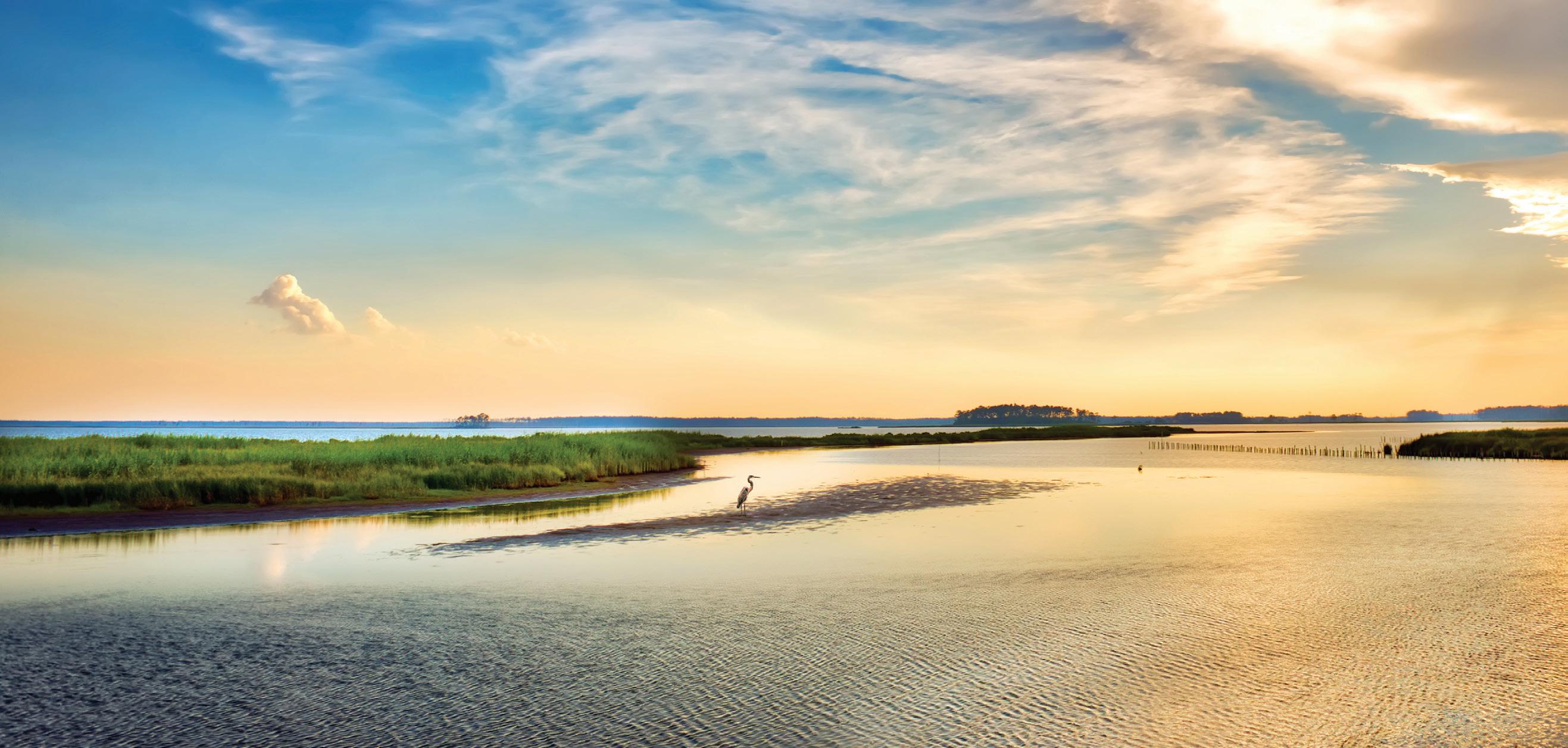
The Chesapeake Bay is our nation’s largest estuary, encompassing 64,000 square miles that wind through six states and the District of Columbia. The bay and its tributaries support a wide variety of diverse species including the bald eagle, Atlantic sturgeon, and blue crab.
The Chesapeake region is rich in American history: Chief Powhatan’s headquarters, Werowocomoco, stood on the York River, while Captain John Smith explored its waters, and the Jamestown colony settled along the James. Major battles from the American Revolution, War of 1812, and Civil War were fought here. In 1619, the first Africans were traded into slavery in the U.S. here, and in 1849, Harriet Tubman crossed the region to freedom.
Though widely recognized for its iconic natural and cultural significance, the Chesapeake Bay watershed has yet to be included in the National Park System. In 2023, Maryland legislators introduced the Chesapeake National Recreation Area Act to create a new national park in the Chesapeake.


Our goal is to establish a national park that expands public access and outdoor recreation throughout the watershed and shares the region’s many untold stories including those of enslaved and Indigenous people. NPCA plays a crucial role in the creation of the Chesapeake National Recreation Area in the following ways:
• Serves on the Maryland Congressional Delegation’s Chesapeake Working Group to craft bill language and to build support.
• Is a founding member and chair of the Advocacy Committee for United4CNRA, the coalition working to establish this new park.
• Builds support by arranging site visits to areas proposed for park inclusion.
• Engages public attendance and support for the park at public meetings and congressional panels held in the region.
• Collects letters of support from government officials, Tribal and business leaders, economic development officers, outdoor recreation executives, and national, state, regional, and local organizations.
1. Leverage our years of work on the ground to get the park bill enacted through Congress this year.
2. Continue to engage the broad coalition supporting the national recreation area in the National Park Service planning process to ensure all voices are heard and represented and all stories are told.
3. Engage with the National Park Service to ensure this new park will provide opportunities for communities to engage in outdoor recreation while enhancing tourism and local economies, increasing public access, and protecting the environment.
4. Work directly with the National Park Service to help the park succeed.
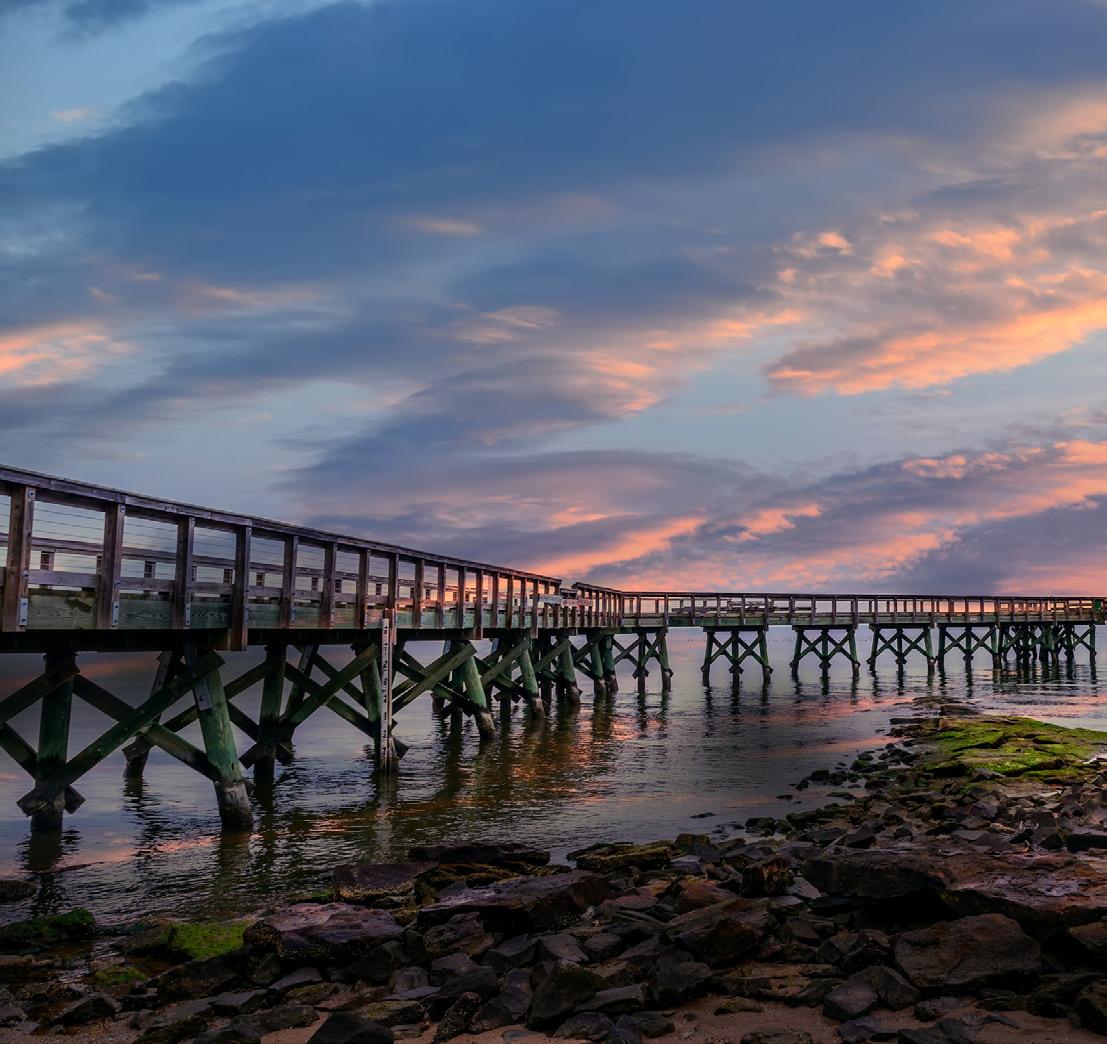
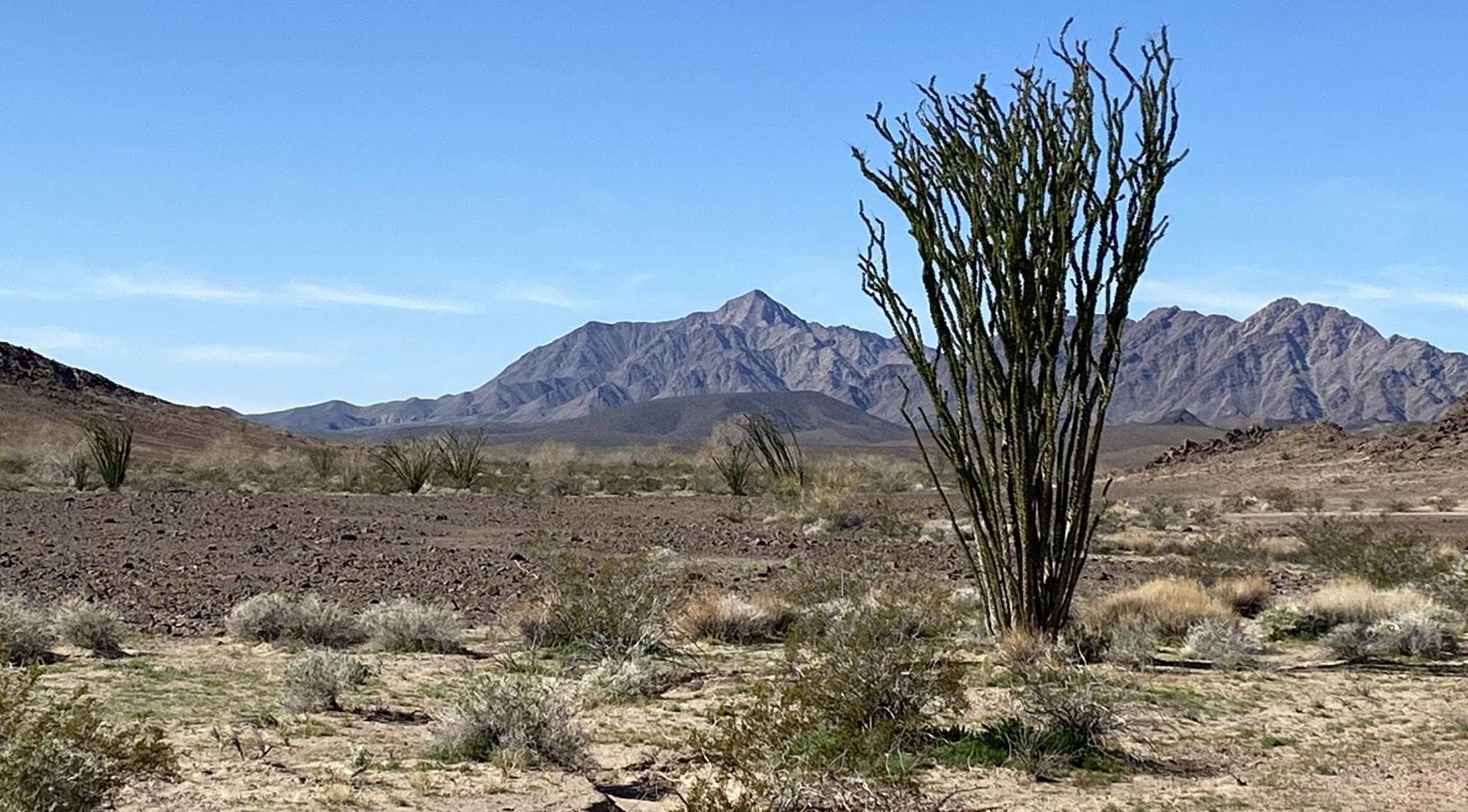
The California desert is a unique and delicate landscape, home to iconic wildlife such as the desert bighorn sheep and the Mojave Desert tortoise.
The Chuckwalla area, south and east of Joshua Tree National Park, is named for the Chuckwalla lizard — a large, colorful iguana species specifically adapted to the rocky desert landscape. The Chuckwalla area is also a living landscape with interconnected cultural, natural, and spiritual significance for the Iviatim, Nüwü, Pipa Aha Macav, Kwatsáan, and Maara’yam peoples. The region is currently managed as a patchwork of protected lands, such as Joshua Tree National Park and surrounded by unprotected lands.
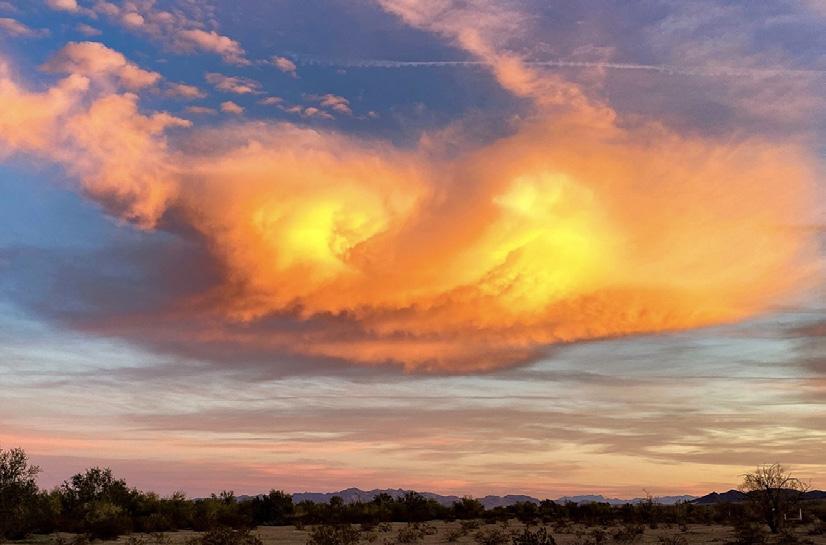

Chuckwalla National Monument represents a missing puzzle piece in the protected landscapes of the California desert. Its designation allows for protection of the California desert from the Colorado river near the Mexican border up to the northern most boundary of Death Valley National Park.
NPCA has come together with a diverse coalition of local and national organizations to define a historic vision of protection for the Chuckwalla landscape. Alongside our partners, NPCA is working to designate Chuckwalla National Monument, protecting 623,000 acres of precious land. This will expand Joshua Tree National Park by 17,000 acres, stitching together islands of protected lands into an unbroken landscape.
This designation and expansion will help ensure equitable access to nature for local residents, honor the cultural landscape, and protect the desert’s biodiversity and habitat connectivity in the face of the climate crisis.
1. Uplift the importance of the proposed Chuckwalla National Monument and champion the inclusion of the park expansion for Joshua Tree.
2. Collaborate with local Tribal governments to assure that they remain active and visible leaders.
3. Gather support from surrounding communities to assure that their voices are front and center.
4. Continue our leadership in the Protect California Deserts Coalition.
NPCA has a decades-long legacy of fiercely protecting the California desert and our work to establish Chuckwalla National Monument continues that legacy.


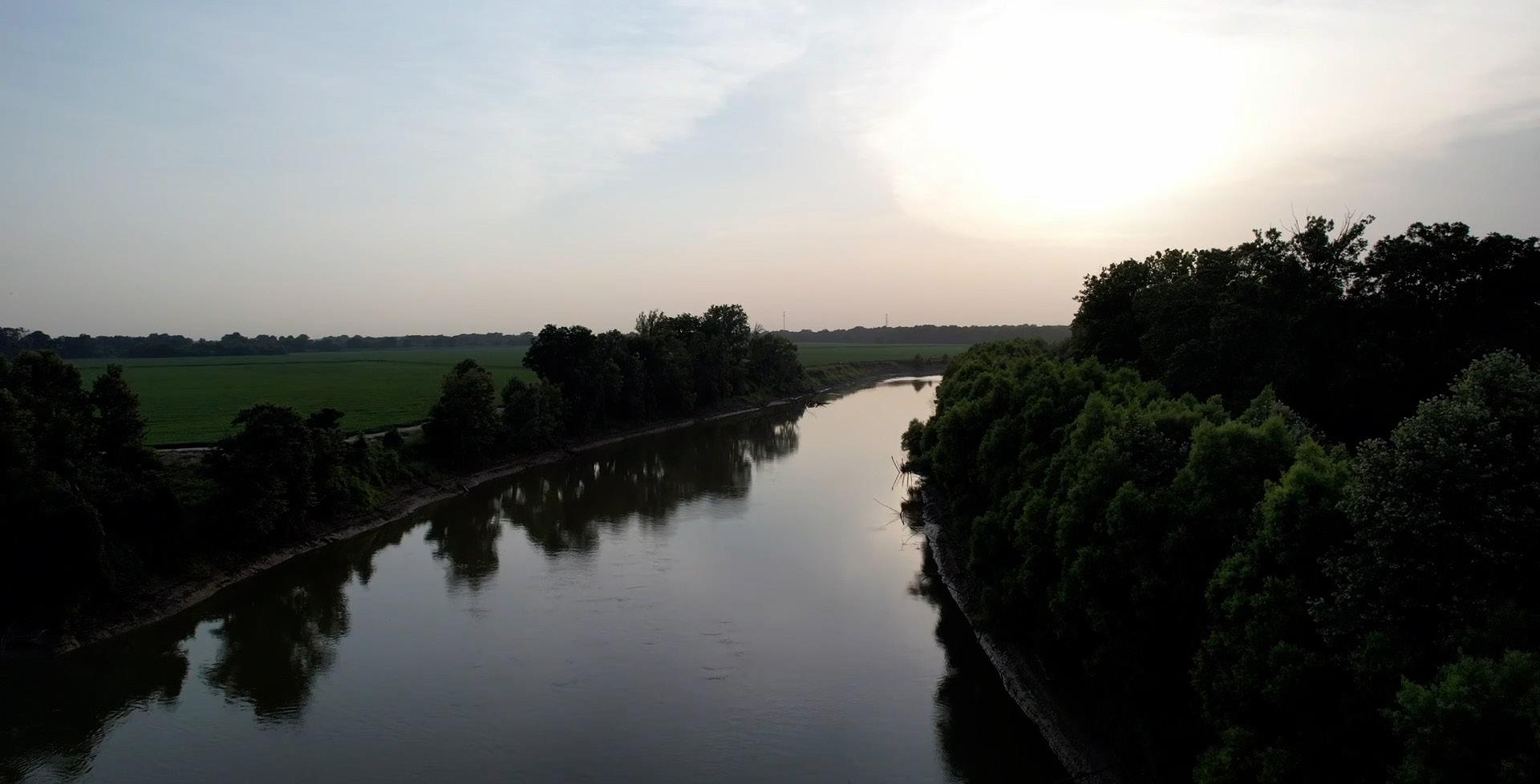
In 1955, Emmett Till was abducted and murdered in what would become known as one of America’s most infamous hate crimes. The brave and tireless work of his mother, Mamie Till-Mobley, to publicize the cruelty of his murder and unjust verdict of his murderers’ trial would galvanize thousands to join the Civil Rights Movement and the fight for justice.
The stories of Emmett Till and Mamie Till-Mobley are critical to understanding the threats, suffering, and terror that led to the Civil Rights Movement and the thousands of foot soldiers that took a stand in the name of justice.
To honor their work, families, and legacies, NPCA has:
• Collaborated with community partners in the Mississippi Delta and Chicago to share narratives about this history and the need for a new national park that would commemorate the Till-Mobley story in perpetuity.


• Taken part in site visits with local partners, the National Park Service, and the Department of Interior throughout Mississippi to identify sites and capture stories.
•Elevated voices of community partners to ensure their needs were heard and addressed.
•Joined in interviews with Black Information Network, CBS News, Politics of the United States Radio, IHeart Radio, and several other affiliates that netted 945 broadcasts in more than 36 markets, with 6,417,000 impressions.
•Supported the Till family and partners to be present for the signing and ceremony of the Emmett Till and Mamie Till-Mobley National Monument in Washington, D.C.
Building on the establishment of the Emmett Till and Mamie-Till Mobley National Monument, NPCA seeks to build civil rights cultural corridors in Mississippi and Alabama with national parks at their center. Cultural corridors anchored by national parks will allow communities to transfer the value, attention and resources parks bring to the region and enculturate the lessons of the Civil Rights Movement.
To fully protect civil rights history, we believe it is central to remember the movement within the context of the places that bore witness to it. We aim to highlight and celebrate the diverse stories and struggles related to civil rights within the context of national parks and neighboring communities by:
1. Building Community and Coalition: Develop reciprocal, authentic relationships with partners and elected officials in the Deep South and demonstrate the relevance of our advocacy and our national parks to communities.
2. Supporting Parks: Work with the National Park Service, decision makers at all levels, and communities to ensure national parks, national heritage areas, and other Park Service community engagement and support programs are seen as resources for communities, economic enhancements for local economies, and partners in preservation endeavors. This will be done to support community members to more capably interpret, protect, and promote their histories.
3. Allyship: Support community partners’ goals and growth to build trust.
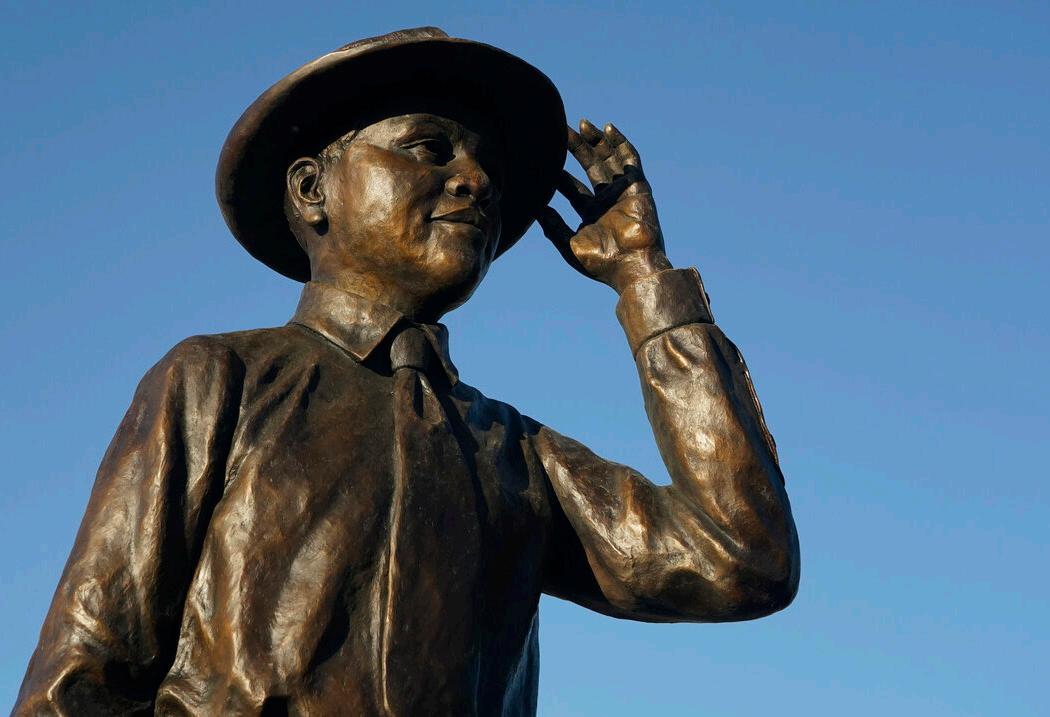
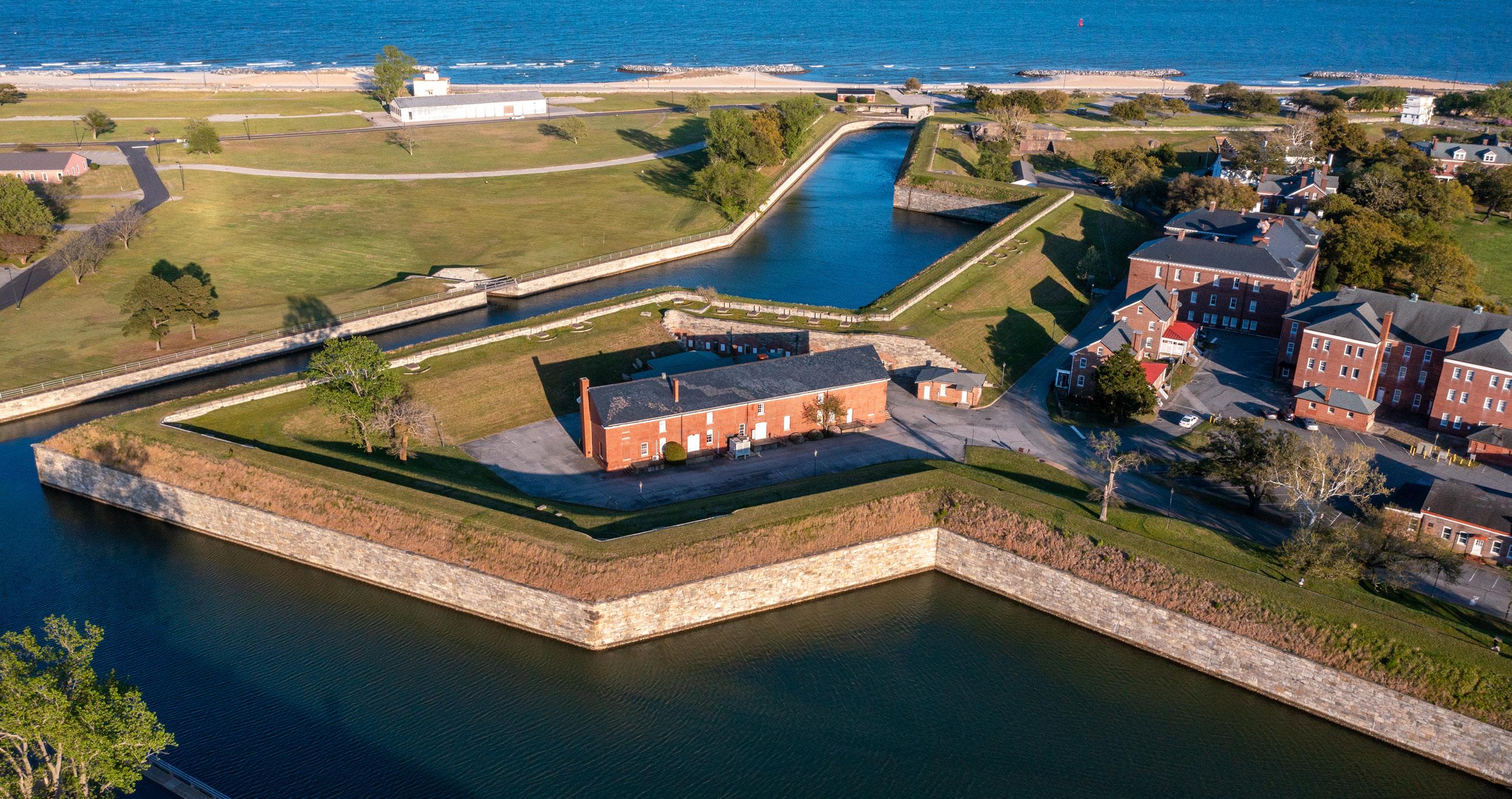
Nestled in the mouth of the Chesapeake Bay, the peninsula served as a critical military site for centuries. Captain John Smith explored the area he called Old Point Comfort, where Fort Algernourne was established in 1609. In 1619, this location became the site where the first Africans were traded into slavery in the U.S. and in the 1800s, the star fort of Fort Monroe was built.
During the Civil War, Fort Monroe, under Union control, became known as Freedom’s Fortress after three enslaved men — Frank Baker, James Townsend, and Sheppard Mallory — escaped, prompting Union General Benjamin Butler to declare them “contraband of war” and refuse their return. This led thousands of enslaved people to seek refuge at the fort where Harriet Tubman cared for the sick and Mary Peake taught emancipated youth. At the end of the war, Fort Monroe

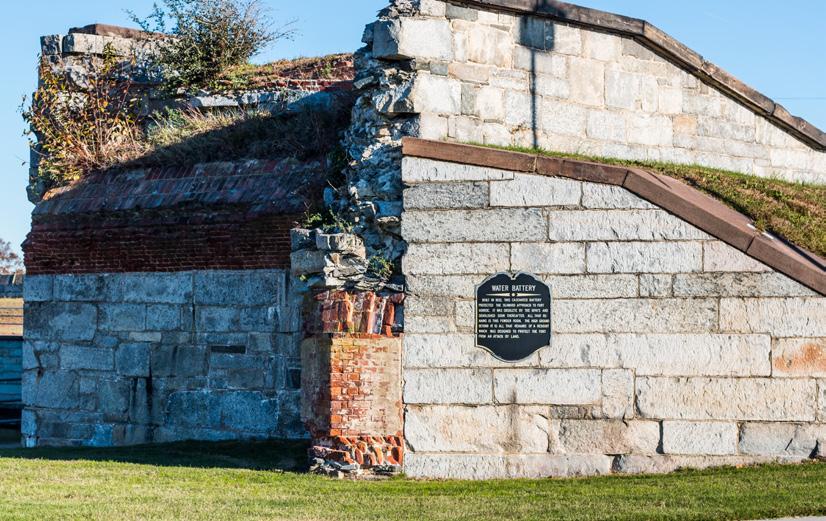
HEADER: Wall and Earthen Bastion ©iStock.com
became the site of Confederate President Jefferson Davis’s imprisonment.
Fort Monroe continued to serve as a U.S. military base until it was deactivated in 2011. Given its vast historical and natural significance, NPCA launched a campaign to create a national monument at Fort Monroe.
NPCA:
• Created and led a coalition of local, state, regional and national organizations to develop and implement a multi-year collaborative campaign plan.
• Gathered letters of support from local, state, and federal officials; non-profit conservation, historic preservation and battlefield organizations; and local churches.
• Organized a stakeholder site visit and meeting with Department of Interior Secretary Ken Salazar and National Park Service Director Jonathan Jarvis, with more than 1,000 people attending.
• Partnered with the Obama Administration, which lead to President Obama’s first use of the Antiquities Act to declare Fort Monroe a national monument.
NPCA is working to ensure that the critical role Fort Monroe played in many chapters of our country’s history are shared with more park visitors. We are also advocating for increased public access and outdoor recreation at this important national park.
1. Engage stakeholders at the national, state and local level to develop a collaborative vision for the future at Fort Monroe that will benefit the park and the broader community.
2. Ensure that the park has the resources and staffing necessary to produce strong programming and interpretation to share its vast history with more park visitors.
3. Build collaboration between Fort Monroe National Monument and the broader Civil Rights Networks of national park sites in the region that will result in Fort Monroe’s critical role in emancipation being known and shared.
4. Bring new stakeholders, including Indigenous people and women historians, to the table to ensure their important contributions at Fort Monroe are included in planning and programming.
5. Work with the Virginia delegation and the U.S. Army to ensure remediation of a dump site at Fort Monroe’s North Beach to allow the beaches to be safely open to the public.

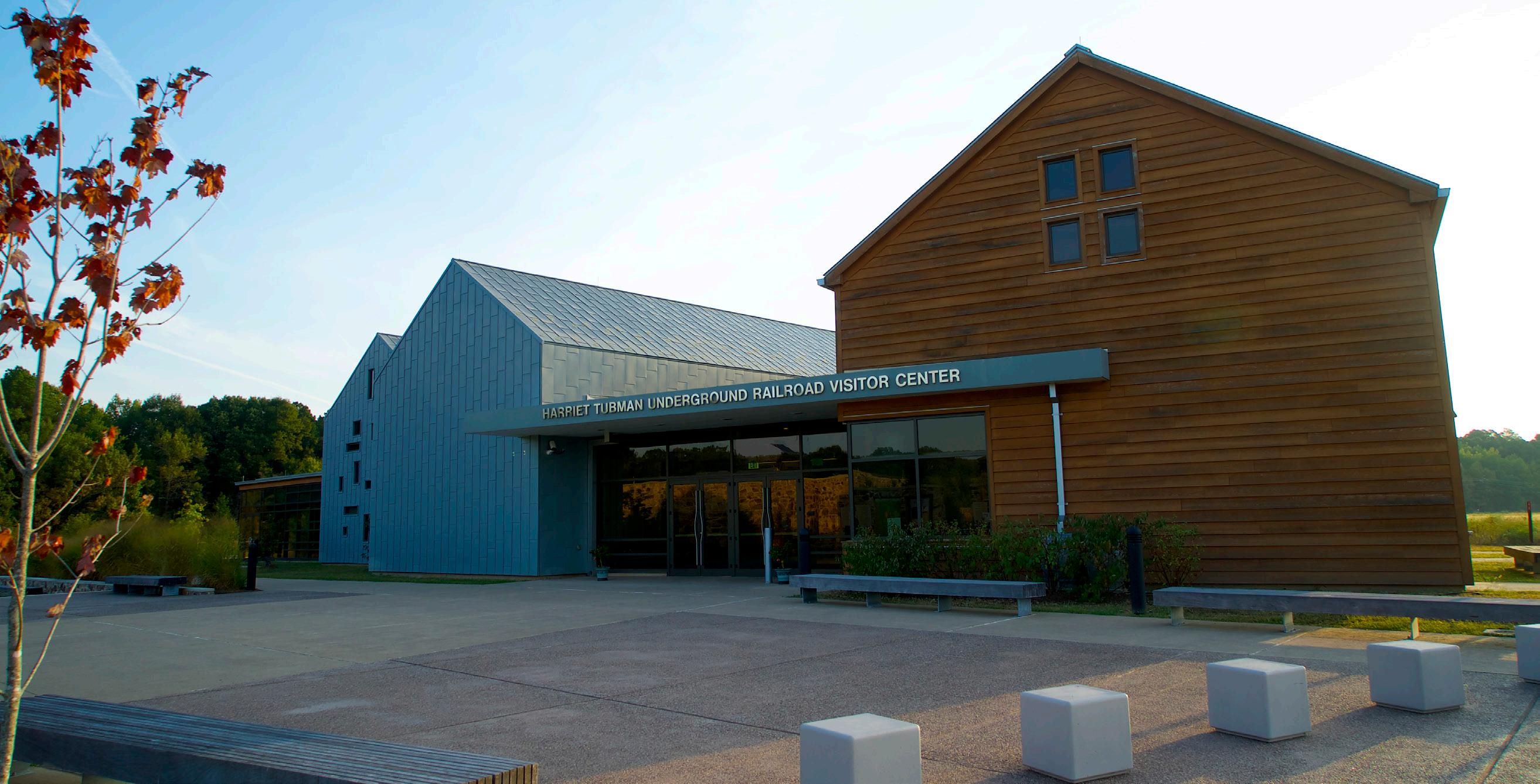
Building community for Harriet Tubman’s 200-year legacy on Maryland’s Eastern Shore
Harriet Tubman was born into slavery in Maryland in 1822 and escaped to freedom in Pennsylvania in her late 20s. She bravely returned to the Eastern Shore of Maryland over a dozen times between 1850 and 1860 to lead family, friends, and other enslaved African Americans to freedom in the North, serving as a conductor on the Underground Railroad. Following the Civil War, Tubman moved to New York, where she advocated for women’s suffrage alongside Susan B. Anthony. As the final act in a lifetime of service to others, she founded the Harriet Tubman Home for the Aged to care for seniors in need. Throughout her life, she fought tirelessly for civil rights, exemplifying courage, determination, and charity motivated by the love of her family and her faith.

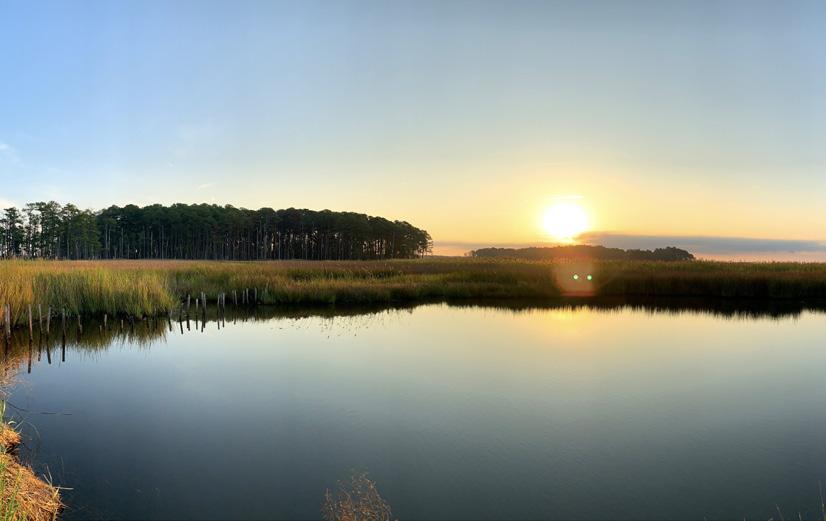
HEADER: Harriet Tubman Underground Railroad visitor center ©NPCA
ABOVE: Harriet Tubman Underground Railroad National Historical Park ©NPCA
Her exemplary values and story are needed today as our nation faces an era of complex challenges and opportunities. NPCA played a leading role in advocating for the establishment of the new national park unit celebrating Tubman’s legacy through the following efforts:
• Helped host community meetings, field trips, and educational activities in Dorchester County to build support for the new national park.
• Mobilized supporters to back President Obama’s 2013 executive order to create the monument.
• Advocated for Congress to create the Harriet Tubman Underground Railroad National Historical Park in 2014.
After a decade of community building, the Harriet Tubman Underground Railroad National Historical Park has become a major attraction on Maryland’s Eastern Shore, now drawing over 100,000 visitors annually. The park would benefit from a friends group to support local activities, fundraise, and provide volunteer assistance. As park funding declines and demographics shift, friends groups play an increasingly vital role in sustaining national parks.
1. Create a friends group to provide additional funding and volunteers to assist the limited National Park Service staff and broaden educational efforts to tell Harriet Tubman’s story.
2. Build community support for the new friends group that will serve as a critical anchor for ways in which the community can become involved with the park and help institutionalize annual events that the community can leverage as a part of its history, identity, and local economy.
3. Increase communication and collaboration among diverse partners and neighboring communities, aid in efforts such as coordinated signage, interpretative materials, and wayfinding, and contribute to fundraising for the ongoing preservation of the cultural landscape.
Through this dedicated work, NPCA will ensure that there is an enduring base of support for the Harriet Tubman Underground Railroad National Historical Park so that it may effectively share Tubman’s legacy of brave service to others for generations of park visitors to come.
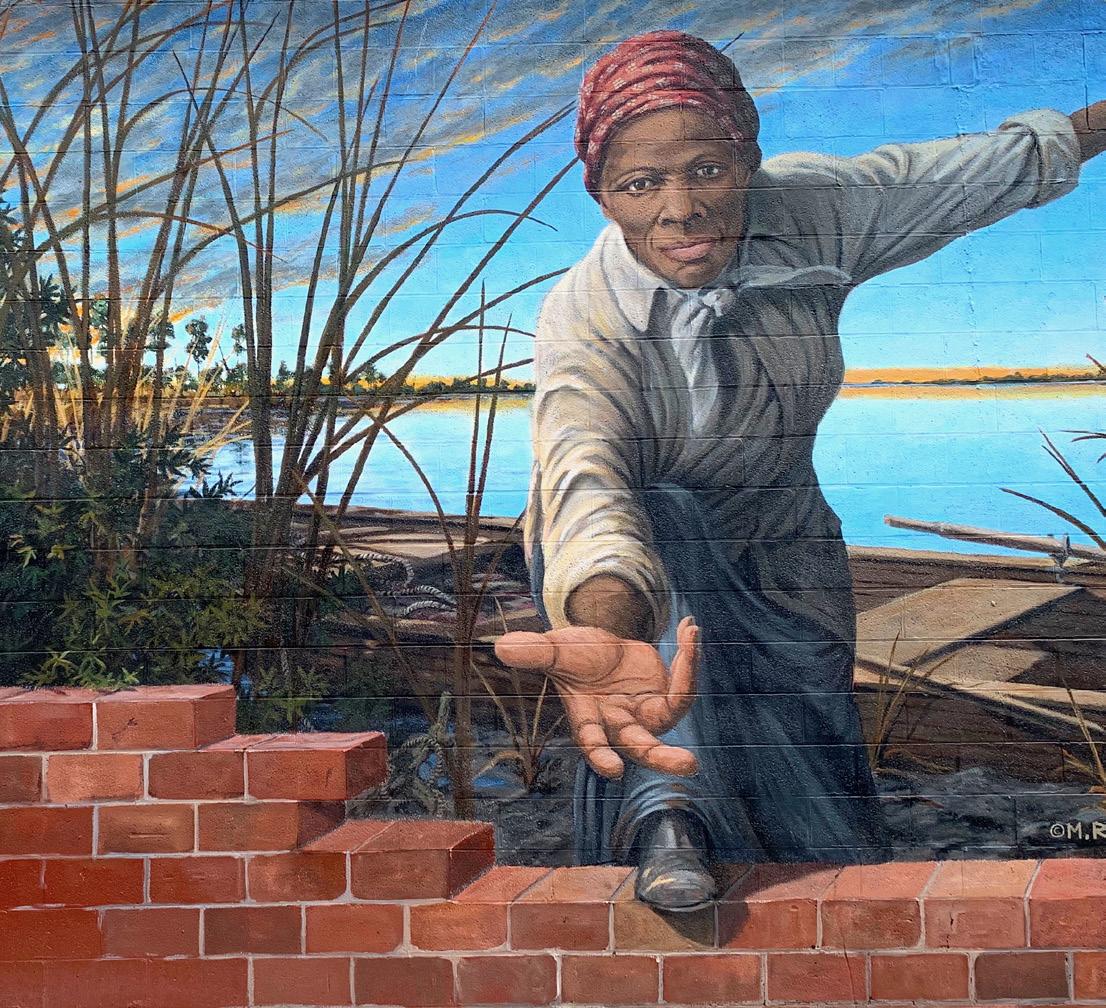
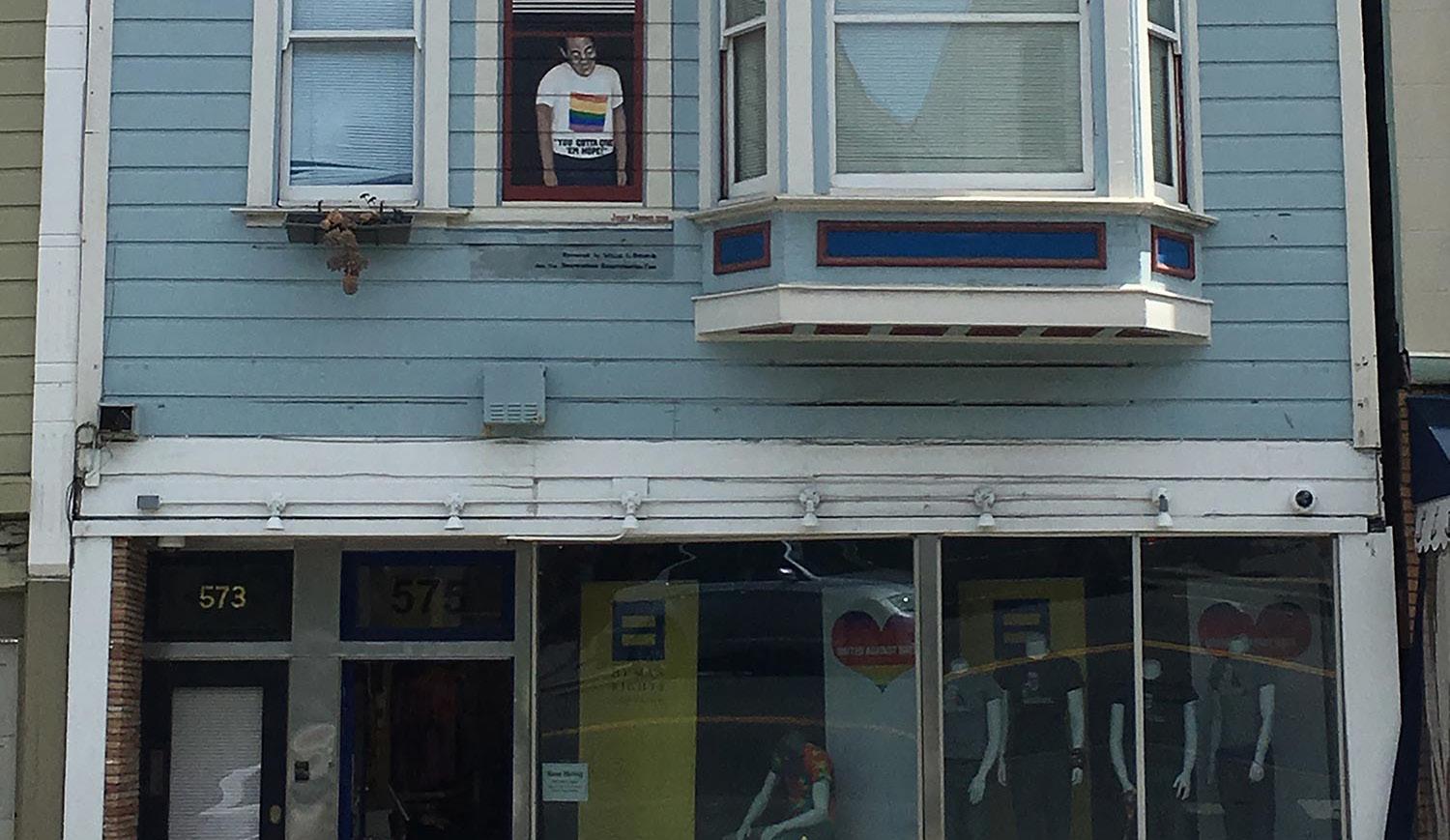
Harvey Milk, one of the first openly gay elected officials in the U.S., was a pioneer for LGBTQ rights. In the 1970s, he opened Castro Camera in San Francisco’s Castro district, which quickly became a gathering spot for the gay community. Known for his charisma and his motto, “You gotta give ‘em hope!,” Milk encouraged countless individuals to embrace their identities and stand up for their rights.
Elected to the San Francisco Board of Supervisors in 1977, Milk built diverse coalitions, advocating for LGBTQ equality as part of broader civil rights. Tragically, he was assassinated in 1978, just a year into his term at age 48, leaving a lasting legacy as a champion for human dignity.
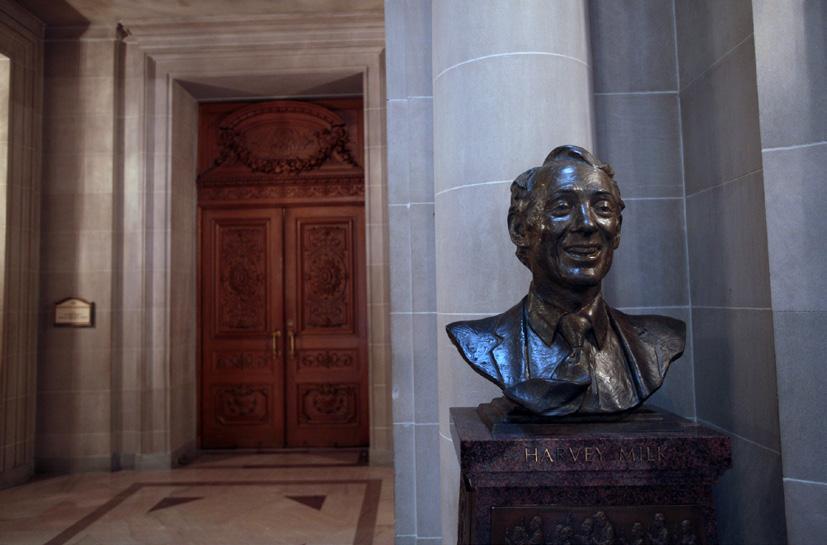
NPCA is spearheading an effort to establish the Harvey Milk National Historic Site to preserve Milk’s legacy, highlight the strides made in the fight for LGBTQ rights and inclusivity, and add LGBTQ representation to the National Park System.
NPCA is leading a transformative effort to create a Harvey Milk National Historic Site, drawing on its century of experience in park advocacy. By partnering with the Castro district, LGBTQ organizations, and equality advocates, NPCA is building a coalition to bring this vision to life.
Beyond community support, NPCA leverages its expertise in national park creation, working closely with the National Park Service to navigate the complexities of establishing a new park. Our dedication goes beyond advocacy, as we continue to provide guidance and support to ensure the park’s long-term success.
This initiative is more than a park project — it’s a movement to honor Harvey Milk’s legacy, represent LGBTQ history in our national landscape, and inspire future generations to champion equality and justice. With NPCA at the helm, the Harvey Milk National Historic Site is not just a possibility, but a promise.
1. Pursue Congressional action for a National Park Service evaluation.
2. Develop a council of advisors, key partners and supporters.
3. Leverage community input to establish the Harvey Milk National Historic Site, informed by community input.
NPCA’s involvement means that the Harvey Milk National Historic Site won’t just be a monument — it will be a living, breathing part of the community and the nation. We’re not just preserving history; we’re creating a space for education, inspiration, and continued progress in LGBTQ rights.
This is more than a park project; it’s a movement. NPCA is proud to be at its helm, turning Harvey Milk’s enduring message of hope into a lasting legacy for all Americans.


He built schools to fight injustice
Julius Rosenwald was the son of German-Jewish immigrants. After following his uncles into the retail clothing trade and serving as an executive at Sears, Roebuck and Company, he amassed great wealth. His faith — the Hebrew concept of tzedakah — motivated him to use his fortune to support a variety of philanthropic causes. After meeting Booker T. Washington in 1912, Rosenwald poured his time, energy, and money into a project to build schools for African American students in the segregated south. This collaboration succeeded in the building of more than 5,000 “Rosenwald Schools” which, in many instances, were the first permanent educational facilities some African American communities had ever seen. In an era of separate and unequal education, these facilities provided quality education for one-third of all Black elementary school children in the southern states and changed the course of the lives of millions of people for the better.
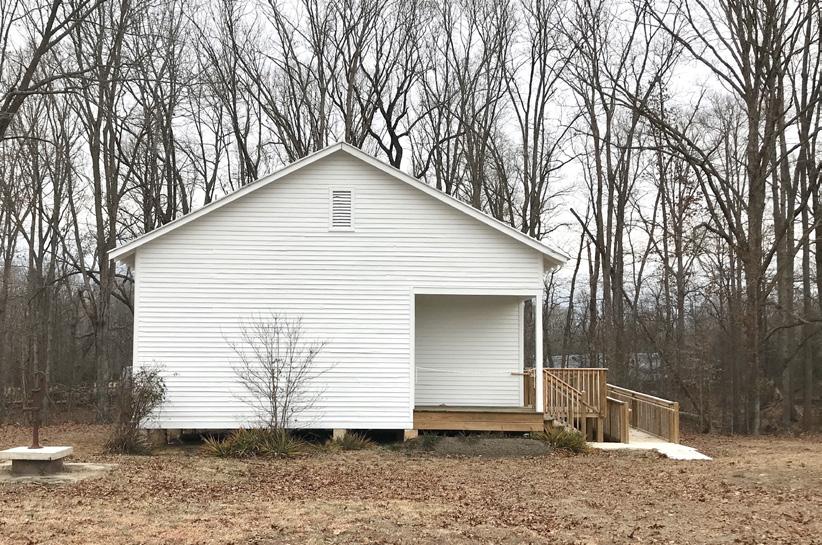
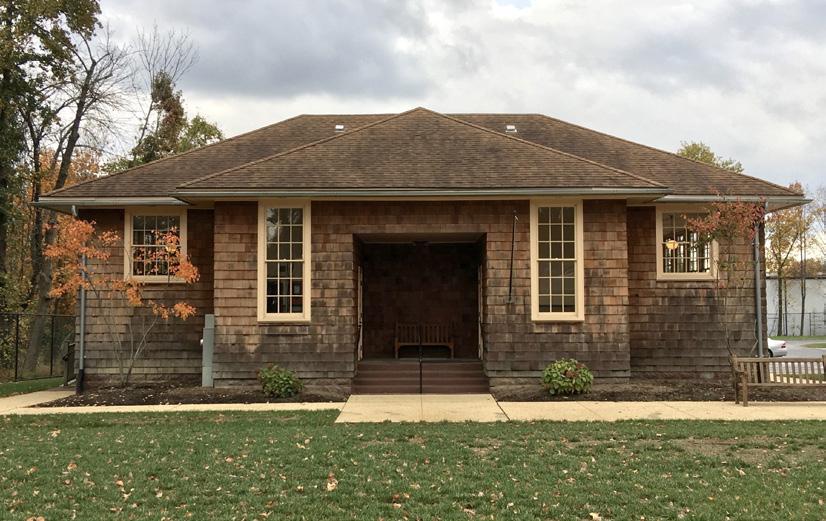
Establishing the Julius Rosenwald and Rosenwald Schools National Historical Park would:
• Create the first national park honoring a Jewish American — Julius Rosenwald — that would include historic sites within the Sears, Roebuck and Co. historic landmark district in Chicago, Illinois and his boyhood home in Springfield, Illinois, where only a few doors down Abraham Lincoln raised his own family.
• Preserve several Rosenwald Schools, including the San Domingo School in Wicomico, Maryland, to educate visitors about his partnership with Booker T. Washington and the nearly 5,000 African American communities in the segregated South.
• Establish a Rosenwald Schools Network Program with grantmaking authority to connect remaining Rosenwald Schools to disseminate more fully the story of the schools throughout the country.
NPCA is partnering with the Rosenwald Park Campaign to advocate for a new national park unit commemorating the life and legacy of Julius Rosenwald and the Rosenwald Schools. His story is a powerful tale of industry, faith, interracial cooperation, and belief in the importance of helping others. NPCA is:
1. Advocating for the President to use their authority to establish a national monument commemorating the life and legacy of Julius Rosenwald and Rosenwald Schools.
2. Urging Congress to pass legislation that would create the Julius Rosenwald and Rosenwald Schools National Historical Park in Maryland and Illinois.
3. Educating decisionmakers, media, and the public about Julius Rosenwald and the nationally significant impact of Rosenwald Schools that are still celebrated in communities across the country.
Rosenwald’s life and legacy had a real impact on our nation. His desire, however, to remain unheralded means that most of his contributions have been lost to time and the passage of history. This history must be preserved and shared to benefit and inspire current and future generations.


Katahdin Woods and Waters National Monument spans 87,563 acres in northern Maine. It was established in August 2016 by President Obama under the Antiquities Act. The landscape is the traditional and present-day homeland of the Penobscot Indian Nation who have relied on its natural resources for at least 11,000 years. It also encapsulates the rich and storied history of Maine’s North Woods where generations of lumberjacks made their living.
Three distinct waterways meander through the monument including the East Branch of the Penobscot River, Seboeis River and Wassataquoik Stream. The monument is bordered by Baxter State Park, home of Mount Katahdin, Maine’s tallest mountain at 5,269 feet, and the northern terminus of the Appalachian National Scenic Trail. The monument boasts stunning vistas of the surrounding landscape, a rich array of plant and animal species, and ample opportunities for hiking, biking, paddling, Nordic skiing, birding and more.
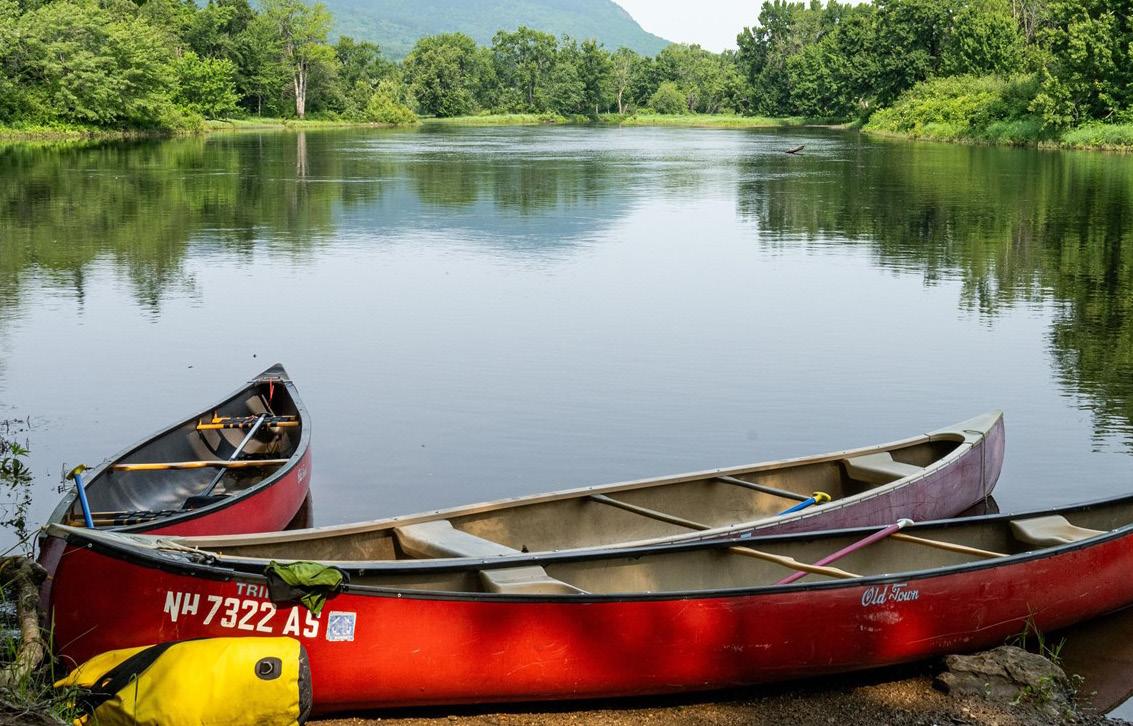

The monument is key habitat to three federally endangered species including Canada lynx, Atlantic salmon, and the northern long eared bat. In 2021, the monument was designated as an International Dark Sky Sanctuary for its exceptional dark skies and starry nights.
NPCA played an integral role in the establishment of Katahdin Woods and Waters National Monument. For almost a decade, NPCA worked directly with the private owner of the land, Roxanne Quimby, and her family foundation on a public campaign to build local, state, and national support for a park designation. Since then, NPCA has coordinated with partners in Maine to secure funding for key infrastructure improvements and helped defeat a metallic mine proposed on its borders. NPCA is also supporting federal legislation to create a southern access point to the monument and efforts to increase tourism to the monument and the Katahdin region. NPCA works closely with Friends of Katahdin Woods and Waters and serves on its advocacy committee.
1. Improve access to the national monument by passing legislation in Congress authorizing a new southern entrance. This effort will support the economies of key gateway communities.
2. Leverage our relationships with key decisionmakers to advocate for an increase to the monument’s base budget to hire five new staff at the ranger contact station.
3. Actively participate and engage NPCA members in the monument’s General Management Planning process, kicking off in 2025, to guide future development and infrastructure improvements.
4. Secure additional funding to support Indigenous archaeology at key sites within the monument aimed at discovering Tribal artifacts. Current work is funded by temporary funding from the Inflation Reduction Act.
5. Monitor industrial, commercial, and residential development threats on the monument’s border and mobilize our members to speak out when necessary.
With expert staff on the ground in Maine, NPCA will continue serving as a lead advocate for Katahdin Woods and Waters at the local, state, and federal levels. We’ll support opportunities to increase visitation to the monument and gateway communities, amplify the rich Indigenous history of the monument, and monitor development threats on the monument’s borders.


During the Great Depression, the largest archaeological dig in American history documented over 12,000 years of Native American life along Georgia’s Ocmulgee River, spanning from the end of the last ice age through the Mississippian mound-building era, the age of European contact, and the tragic period of Indian Removal. These excavations revealed one of the nation’s richest archaeological landscapes, resulting in the formal establishment of the Ocmulgee Mounds National Monument in 1936. Today, the Muscogee (Creek) Nation of Oklahoma and other Native groups trace their ancestry to this place. Due to the hardships of the Great Depression, the original national park unit could only protect a small 700-acre portion of this landscape. In 2012, NPCA partnered with local community groups and led the charge in encouraging the National Park Service to conduct a boundary study that determined the park should be expanded. Legislation


to quadruple the size of the park was first introduced in Congress in 2014 and for the next five years NPCA worked with the Muscogee (Creek) Nation and many stakeholders to advance that legislation through four consecutive Congresses. In 2019, the bill was signed into law by President Trump, leading to three major results: the expansion of the park, its redesignation as the Ocmulgee Mounds National Historical Park, and Congressional recognition that a much larger portion of the archaeological landscape along the Ocmulgee River deserved further study to determine options for additional protection.
In the spring of 2024, Congress introduced new legislation to expand the park and its protections by establishing the Ocmulgee Mounds National Park and Preserve. The new bill also contains provisions that will allow the National Park Service and Muscogee (Creek) Nation to negotiate the cooperative management of park resources, thus reestablishing active Muscogee participation in this landscape for the first time in the almost 200 years since Indian Removal.
NPCA is working to achieve passage of the new legislation which will also protect a major wildlife corridor and migratory flyway, along with numerous outdoor recreation opportunities, on a portion of one of the longest undammed river systems in the eastern U.S. Creation of the Ocmulgee Mounds National Park and Preserve will also buffer Robins Air Force Base from future encroachment by incompatible land use, fulfilling goals of the Department of Defense’s Sentinel Landscape Program.
1. Advocate for Congress to pass legislation establishing the new national park and preserve and build strong community support and partnerships to ensure its success.
2. Collaborate with the Trust for Public Land and other partners to mitigate poorly placed energy development projects, safeguard critical wildlife habitat, and attract much needed land acquisition funding.
3. Work with Tribal nations to build capacity for Tribal co-stewardship of natural and cultural resources on federal lands.
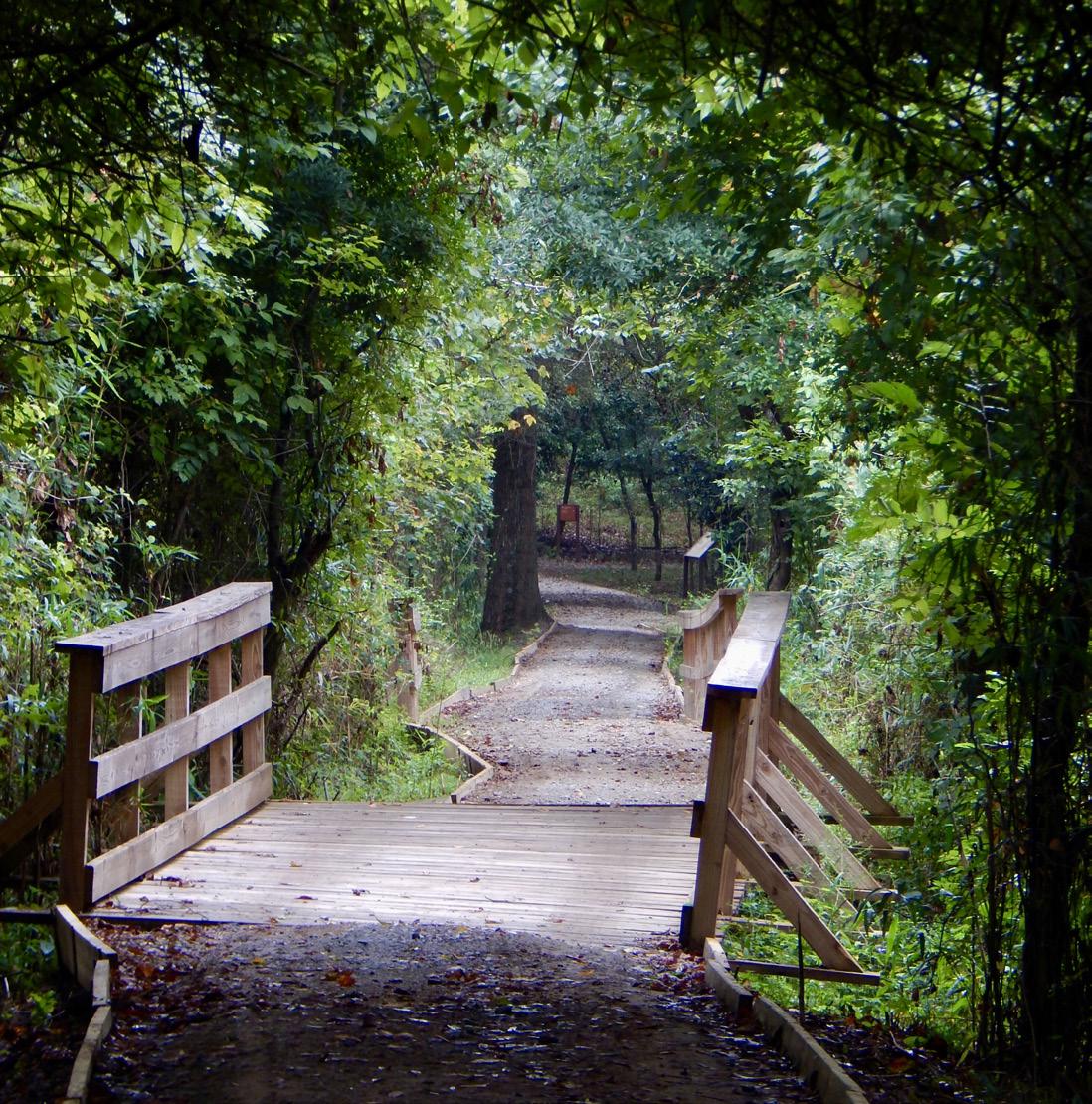

The Pullman community is a historic neighborhood on Chicago’s far south side that was once at the center of industry and worker’s rights in America.
A planned community built by industrialist George Pullman in the late 19th century, Pullman produced luxury rail cars and housed the workers who built them. Tensions between Pullman and his workers eventually boiled over, turning this small community into the epicenter of a volatile national strike. The strike shut down rail travel across much of the country and led to the creation of Labor Day.
Four decades later, the overworked and underpaid Porters who served Pullman passengers made history of their own, becoming the country’s first officially recognized African American union. The Pullman Porters' organizing experience and national influence became a bridge to the work that propelled the Civil Rights Movement forward.

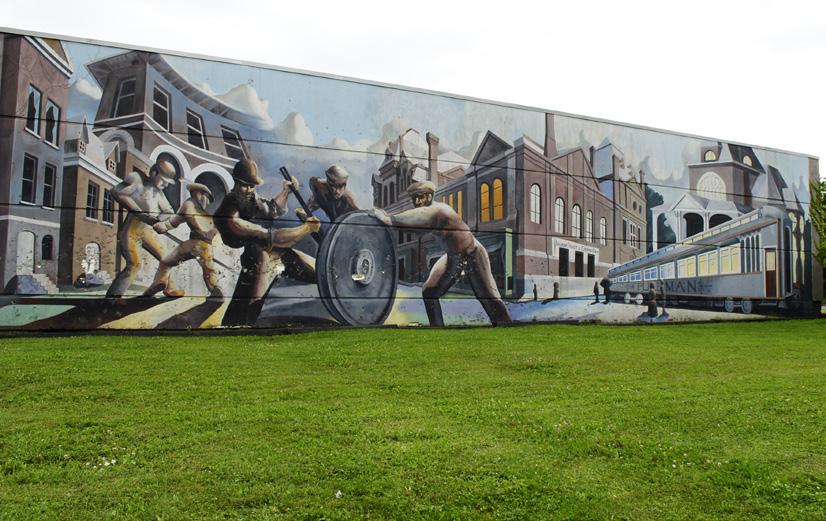
In 2015, Pullman was recognized by President Obama as Chicago’s first national park. NPCA led the coalition that established Pullman as a national park and has spent the last decade collaborating to establish Pullman as a model urban national park.
NPCA’s impact on Pullman includes:
• Leading the Positioning Pullman idea workshops that brought community members, designers, and city leaders together to layout a blueprint to guide Pullman’s development.
• Ensuring there was proper funding to transform the abandoned Pullman factory into a beautiful new visitor center.
• Organizing a transportation group that has resulted in new Metra stations in Pullman, extended bus service, and extensive streetscape investments.
• Passing legislation that renamed the park as Pullman National Historical Park and gave the Park Service greater ability to collaborate with community partners.
National Park Service leadership has praised Pullman for having a unique trajectory that will serve as a model for other new parks.
1. NPCA continues to work with partners to sustain the trajectory to position Pullman to serve as a model for other new parks. We are working to improve and grow the visitor center that tells the Pullman story, uplift the layers of history throughout the community, and build greater connectivity throughout the 12 block long national park.
2. NPCA is working with community leaders and the National Park Service to implement a cultural trail that will use creative interpretation and public art to tell stories and generate investments throughout this neighborhood national park.
3. NPCA is also working to ensure that Pullman is an anchor for economic development, infrastructure investments and social gathering that will have positive ripple effects throughout Chicago’s far south side.


Butte, America, is unlike any other place, embodying much of what defines the nation — our politics, industry, workers’ rights, and melting pot of cultures.
As the largest and richest mining town in North America, Butte’s copper powered the world and helped win both World Wars. It was also central to the American labor movement, with key battles for workers’ rights fought in its streets. Immigrants from around the world came to Butte, uniting to pursue what was called the American Dream. Yet, Butte was also a hotbed of scandal and corruption, playing a role in the passage of the 17th Amendment, which reformed U.S. Senate elections. Today, Butte faces environmental challenges from its century-long run of mining activity, and ongoing restoration efforts reflect the enduring grit and community spirit of its people.


For decades Butte’s leaders have worked to preserve this history and tell their city’s stories, securing one of the country’s largest National Historic Landmark Districts, with nearly 6,000 contributing properties. Now, the community is seeking NPCA’s help to secure a National Park Service designation. Since NPCA joined the effort we have:
• Created the Richest Hill National Historical Park Advisory Team, made of community leaders in business, historic preservation, and tourism.
• Organized over 40 businesses, historic organizations, and government departments in support of a Butte national park site designation.
• Mobilized the community to secure a unanimous Resolution of Support from the Butte – Silver Bow City and County Council of Commissioners.
• Facilitated the community’s development of a Butte blueprint for securing designation and post designation development.
• Commissioned an independent feasibility study that concluded Butte meets all the criteria for a national park site designation.
1. Build a strong base of support for a Butte national park service designation with Butte-Silver Bow local government, historic and preservation organizations, business organizations, labor unions and state and local tourism organizations.
2. Lead the development of a Butte blueprint with the intent of mobilizing community members in securing a Congressional or administrative designation.
3. Utilize the Butte blueprint as the foundation of supporting a new Butte national park service unit once designated.

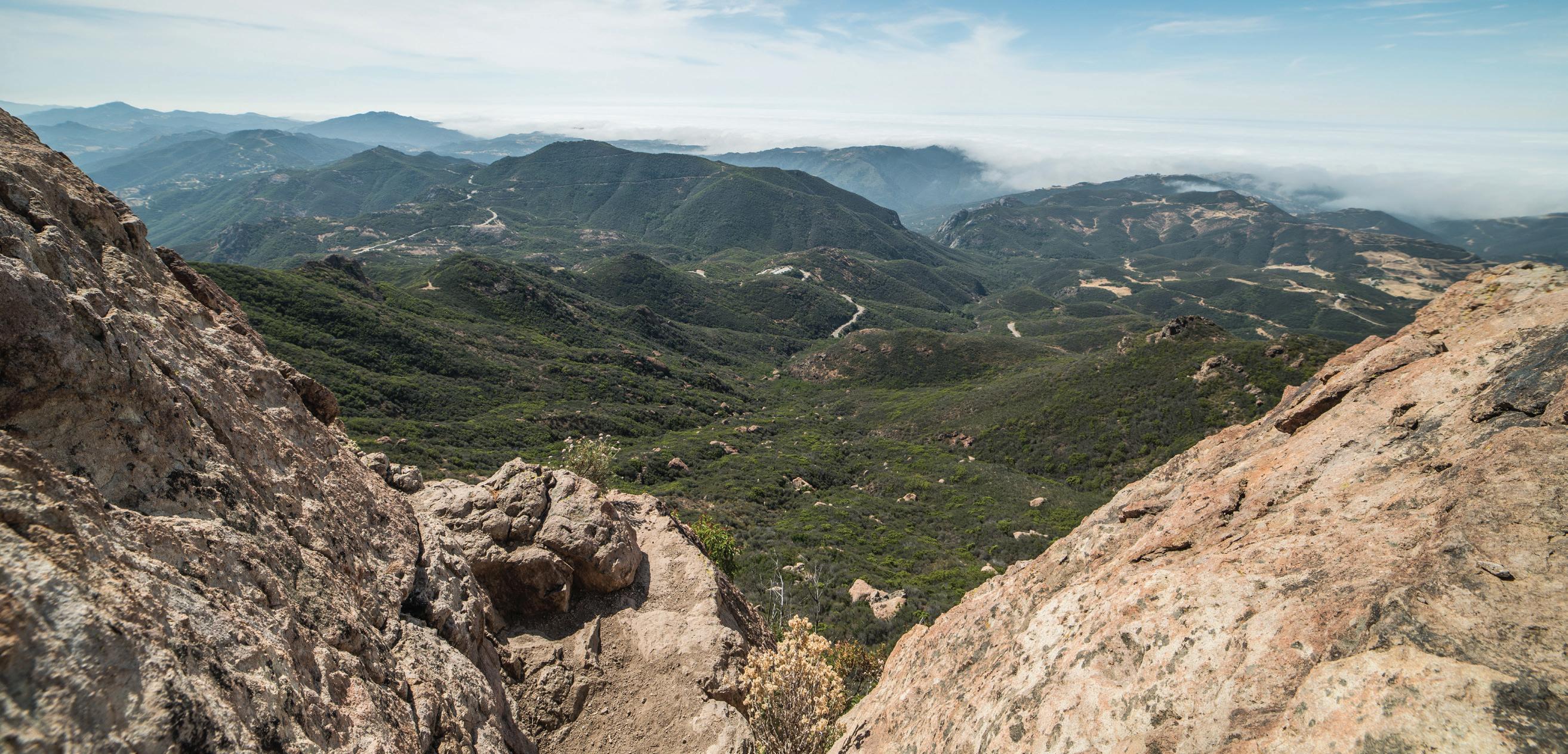
Protecting Southern California’s Unique Mediterranean Ecosystem, Last Wild Spaces and Historic Treasures
The Santa Monica Mountains National Recreation Area preserves some of the last-remaining wild spaces near Los Angeles, a Mediterranean ecosystem found in only five places around the world, and cultural resources that tell the stories of the region’s diverse inhabitants. However, the park is not immune to threats to surrounding areas, including encroaching urban development, invasive plants, increased wildfire danger, climate change and other human-driven pressures. These adjacent hillsides, oak forests, and watersheds provide habitat for a range of endemic and endangered species and have a direct impact on the health of both the park and the overall region’s ecosystem.
The proposed Rim of the Valley expansion would add 118,000 acres to the park and protect nearby areas critical to the survival of such wildlife species as the iconic mountain lion, which research indicates could disappear from the local landscape within 50 years unless more is done to restore and connect native habitat, protect wildlife corridors, and allow for greater movement by a variety of species.


The Rim of the Valley would do this by bringing the National Park Service’s 45-year track record of successful stewardship in the Santa Monica Mountains to more of Los Angeles’ natural landscape, and facilitate partnerships that support habitat restoration, wildlife research and conservation, wildfire recovery, outdoor recreation, and community outreach and education.
NPCA brings over a century of experience protecting the nation’s natural and cultural heritage to the Rim of the Valley campaign. Our track record and reputation for collaborative work, inclusivity and effective national parks advocacy has helped us establish key partnerships and the introduction of legislation currently on the precipice of passing in Congress.
NPCA opened its Los Angeles Field Office in 2014 and has since built extensive ties to local communities including youth, underserved neighborhoods, faith-based organizations, military veterans, communities of color, and other constituents not traditionally involved in advocacy for our national parks. Through programs that connect individuals to our parks and public lands and build their skills as community leaders, NPCA has nurtured a cadre of spokespersons for the Rim of the Valley representing a cross-section of Los Angeles’ diverse cultures, communities and neighborhoods.
For nearly a decade, NPCA has led efforts to pass legislation expanding the Santa Monica Mountains National Recreation Area and to protect the Rim of the Valley’s unique and historic landscape. We have successfully combined grassroots action with legislative advocacy to build an effective movement supporting the Rim of the Valley, including:
1. Establishing the Rim of the Valley Coalition, a network of 70 local and national organizations representing such diverse interests as landscape conservation, wildlife protection, historic preservation, outdoor recreation, environmental justice, and public health.
2. Securing the endorsement of over a dozen cities, counties and special districts from Ventura County to Downtown Los Angeles.
3. Nurturing local and national advocates and spokespersons, including a Young Leaders Council in Los Angeles and Congressional champions in Washington, D.C.
4. Securing bipartisan support for legislation in each of the last three Congressional sessions.
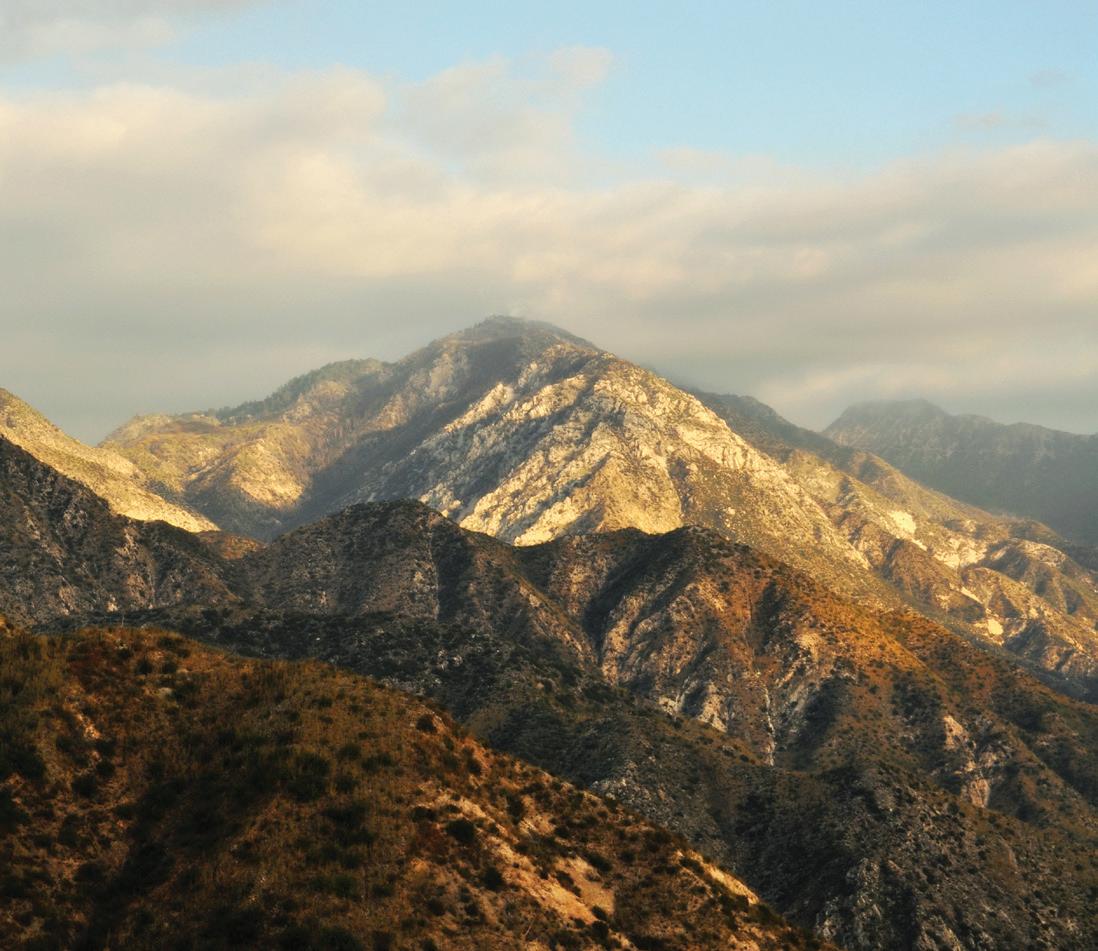

In the heart of New York City’s Greenwich Village stands a powerful symbol of resistance and progress: Stonewall National Monument. This site marks a turning point in the modern LGBTQ civil rights movement and tells a story of courage, unity, and the relentless pursuit of equality.
On a warm summer night in June 1969, the Stonewall Inn — a popular gay bar — became the epicenter of a revolution. Tired of constant police harassment and discrimination, patrons of the bar and members of the local LGBTQ community fought back against a police raid. This act of defiance sparked a week-long series of protests and riots, forever changing the landscape of LGBTQ rights in America and beyond.
The Stonewall Uprising wasn’t just a singular event; it was a catalyst that ignited a movement. It united diverse members of the LGBTQ community — gay men, lesbians, transgender individuals, and others — in a common cause. The events at Stonewall set the stage for decades of progress in the fight for equality, influencing everything from policy changes to cultural attitudes.


Recognizing the profound significance of Stonewall, NPCA led a campaign to enshrine this site in our national memory. Our efforts culminated in June 2016 when President Obama dedicated Stonewall as a national monument — the first national park site specifically honoring LGBTQ history and culture.
As we move forward, the Stonewall National Monument will continue to play a crucial role in preserving LGBTQ history and fostering understanding. It serves as a model for how our national parks can and should reflect the diverse stories that make up the American experience.
The story of Stonewall is far from over. It continues to inspire new generations of activists, educators, and citizens. By supporting this national monument, we ensure that the spirit of Stonewall — the unwavering pursuit of equality and justice — lives on, reminding us all that progress is possible when we stand united against discrimination.
1. Continue strengthening the diverse coalition we helped build, which includes community members, park rangers, the LGBTQ community, historians, and government officials, all united in support of the monument.
2. Expand strategic partnerships, such as those with New York City schools, to engage the next generation of park protectors and foster a deeper connection to Stonewall’s history.
3. Support the new visitor center we played a key role in developing, ensuring that visitors connect with and understand the significance of Stonewall’s legacy.
4. Advocate for increased park funding to ensure Stonewall has the rangers and resources necessary to thrive.
